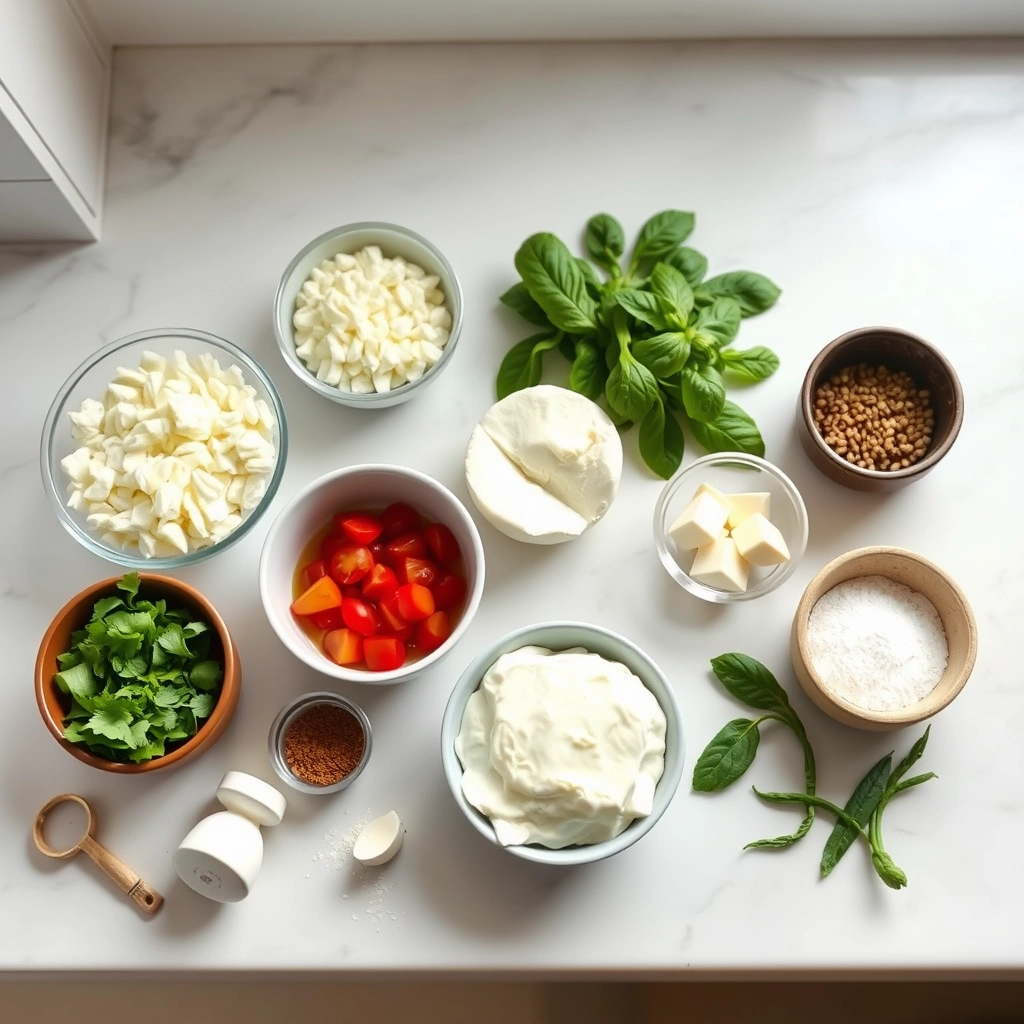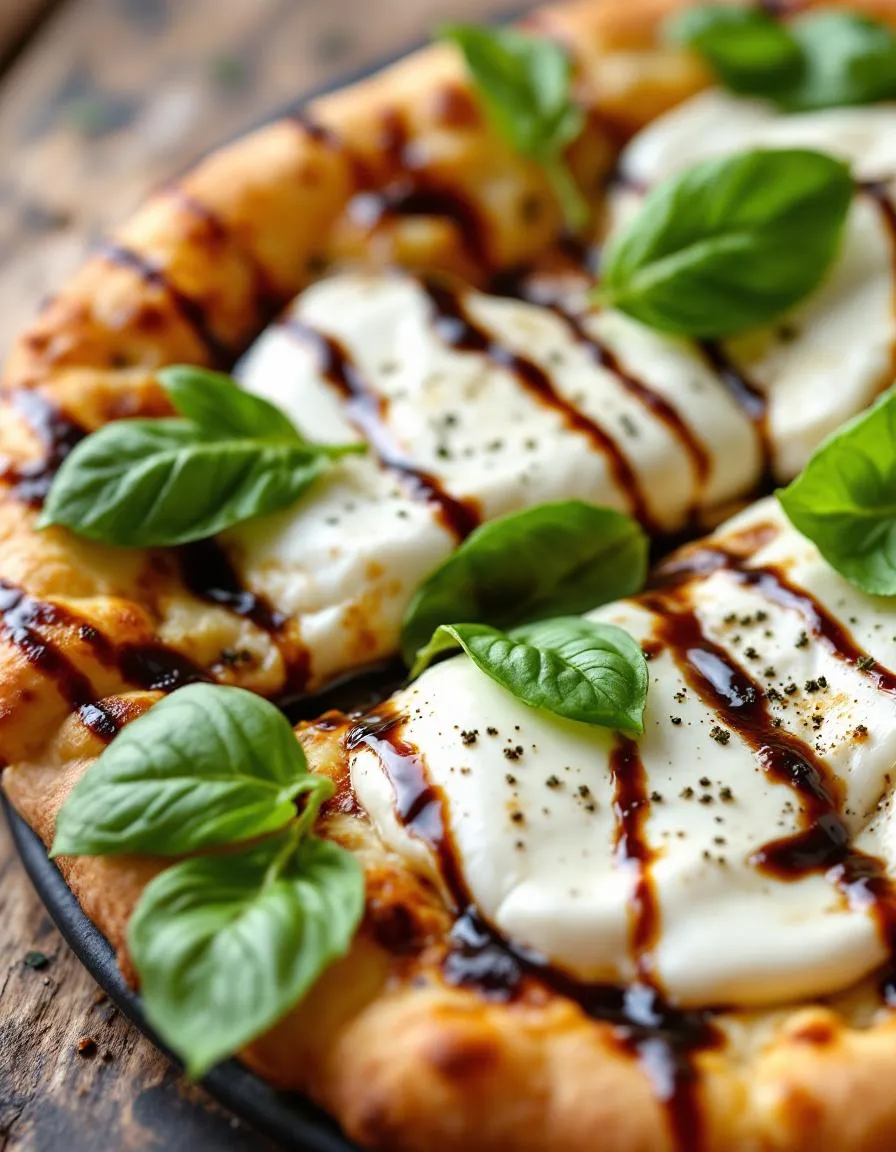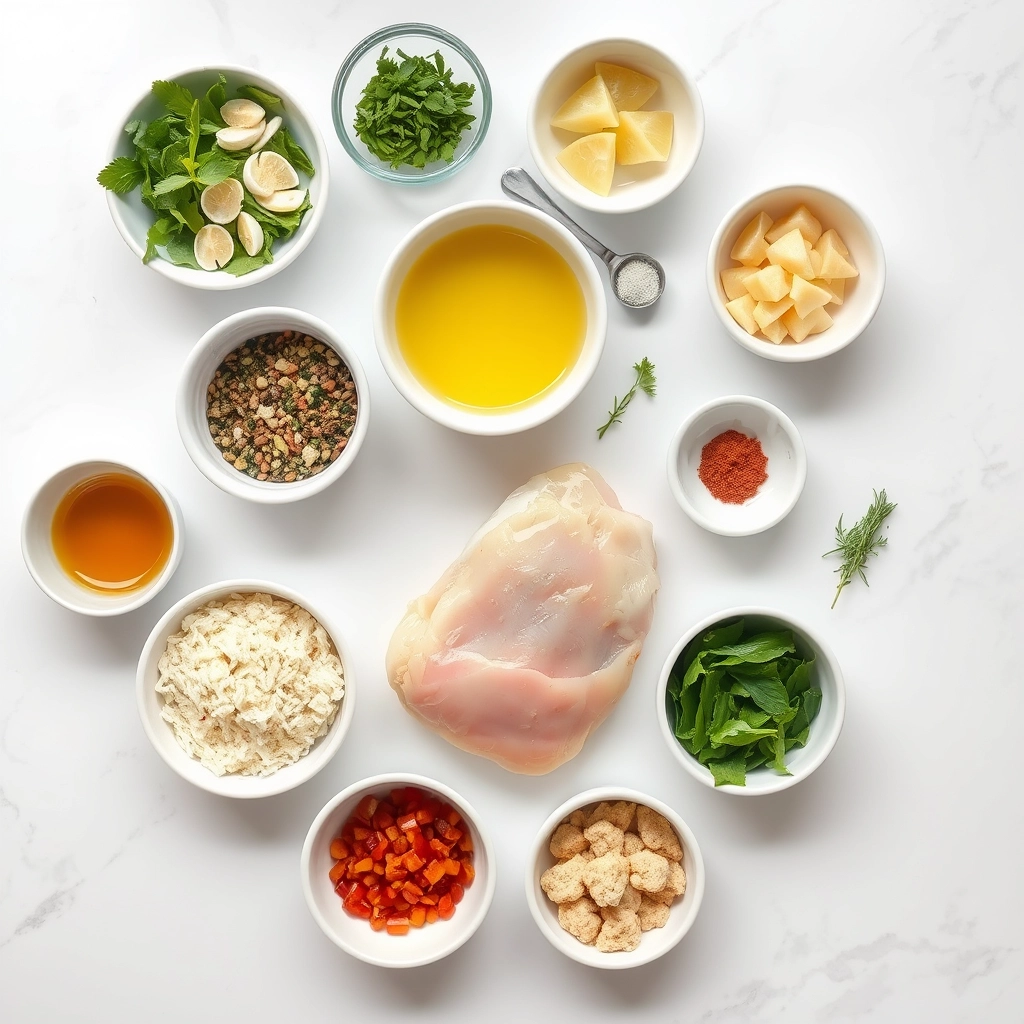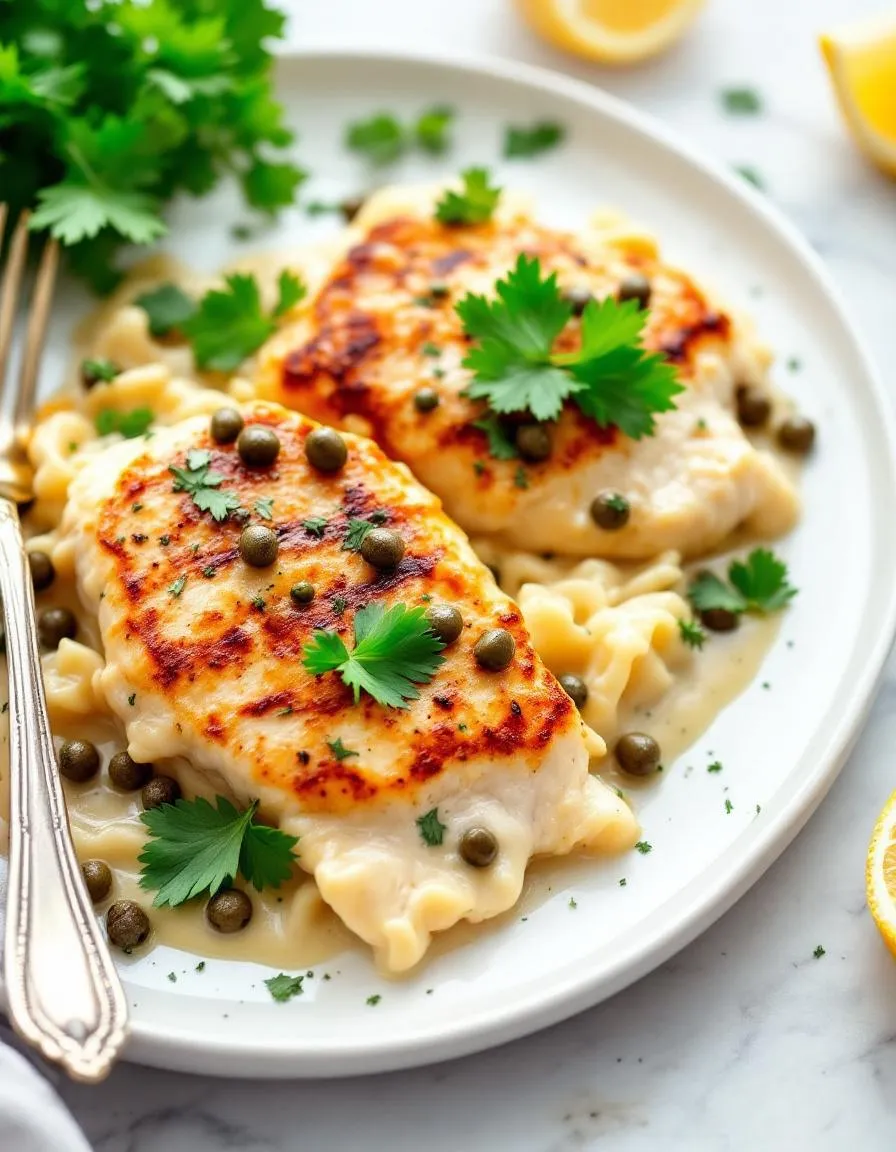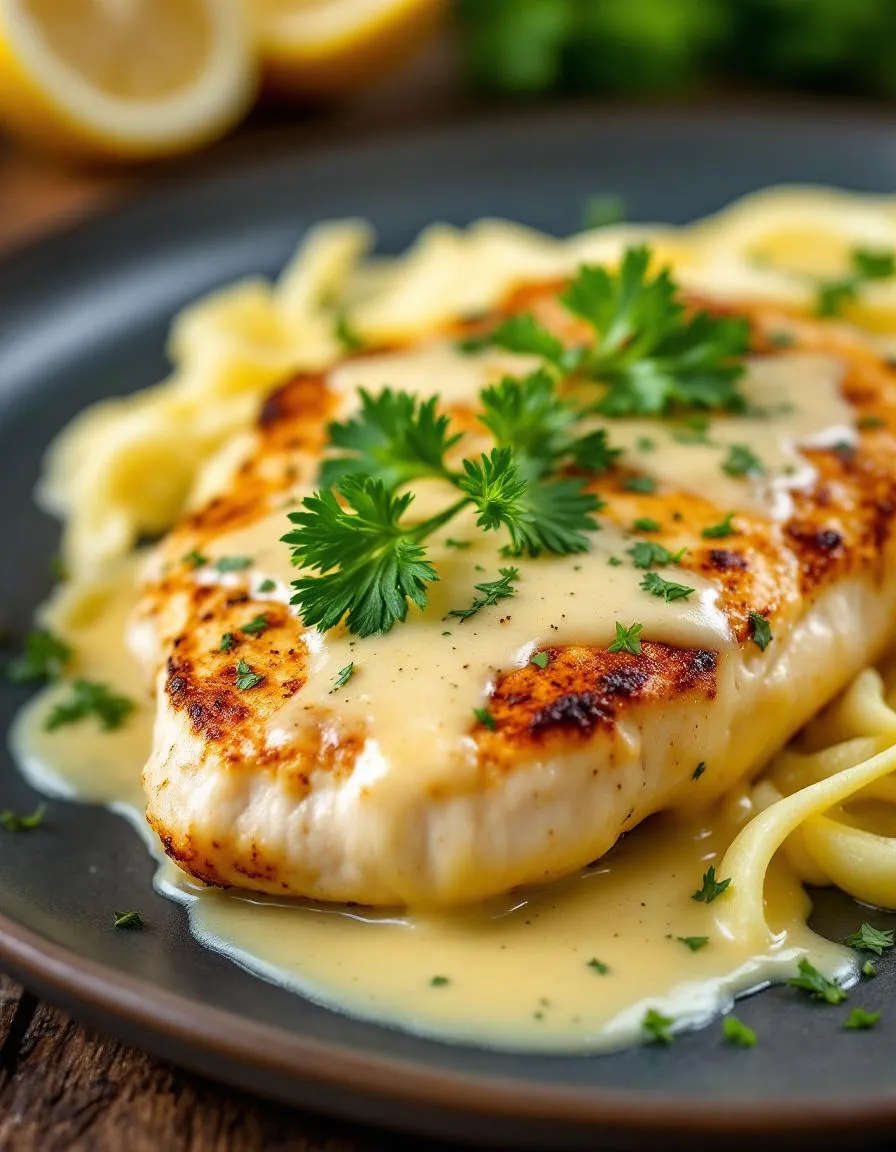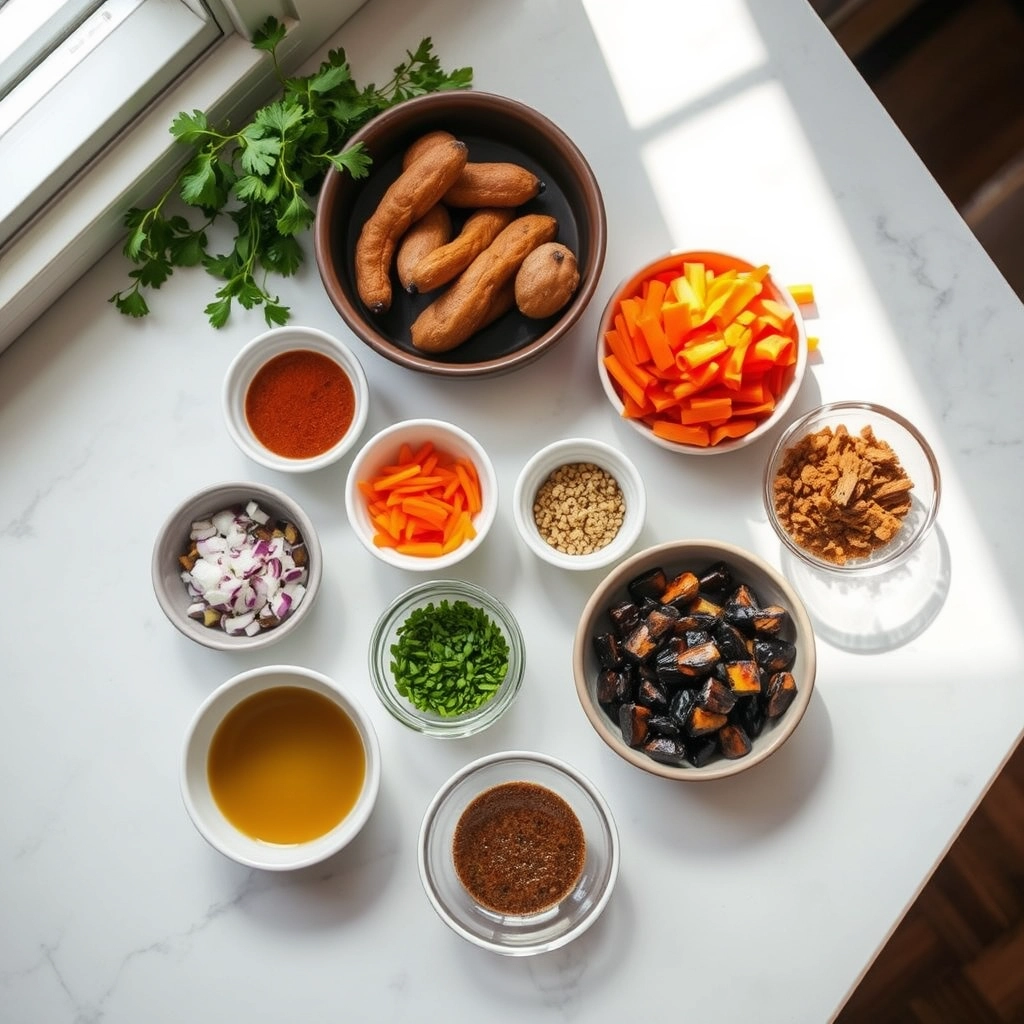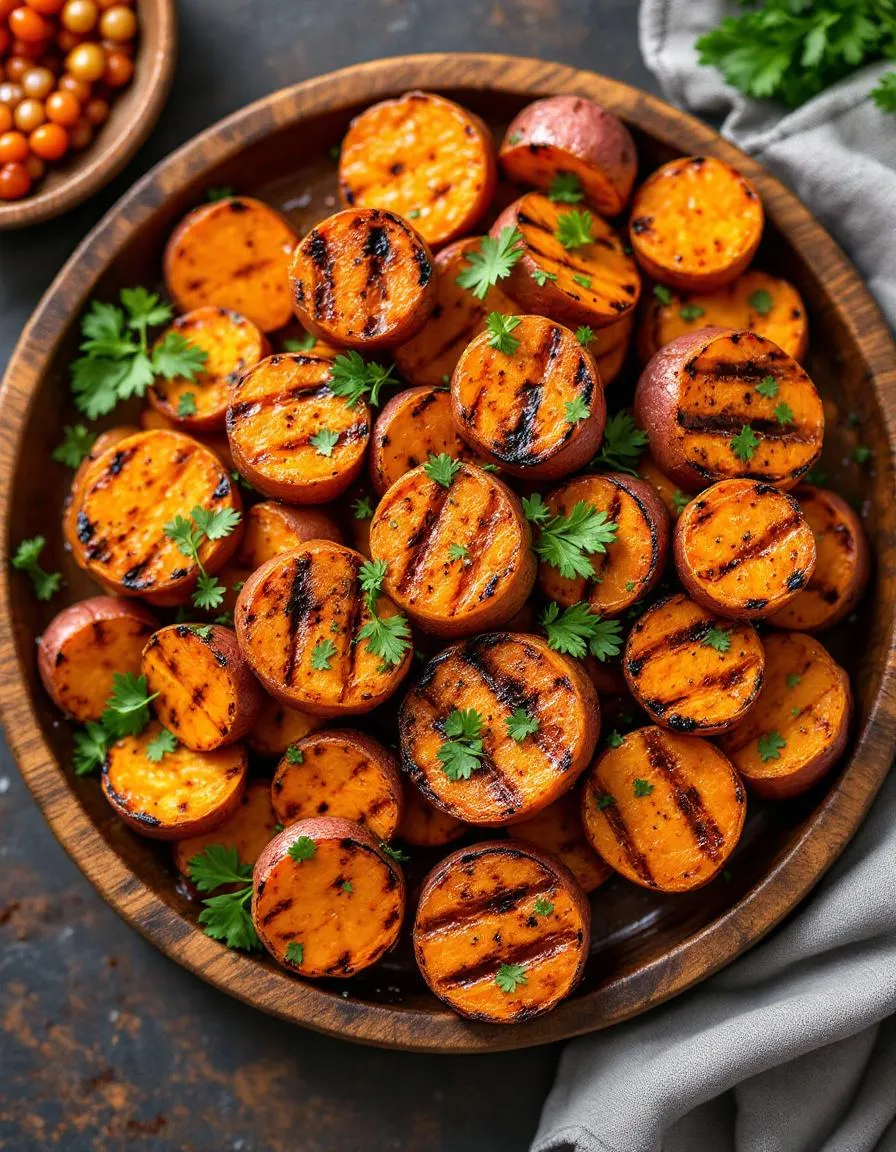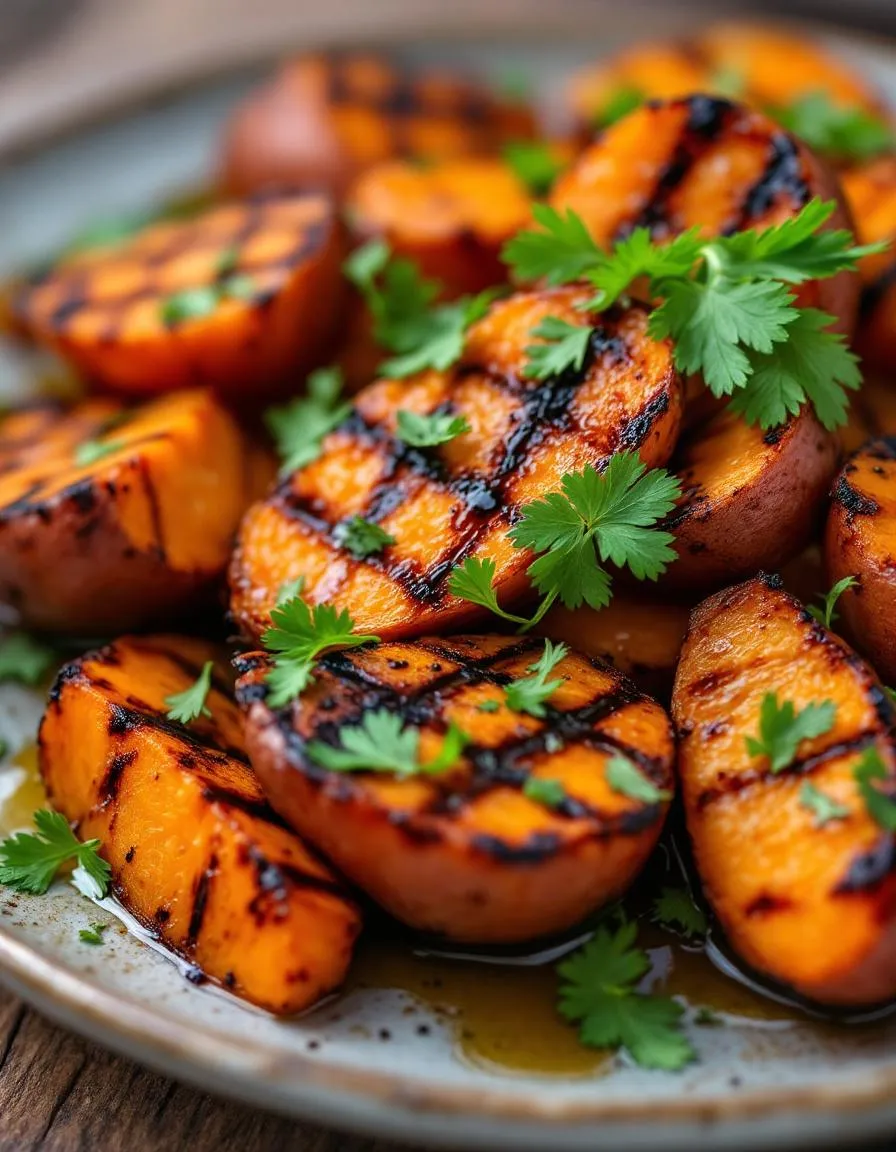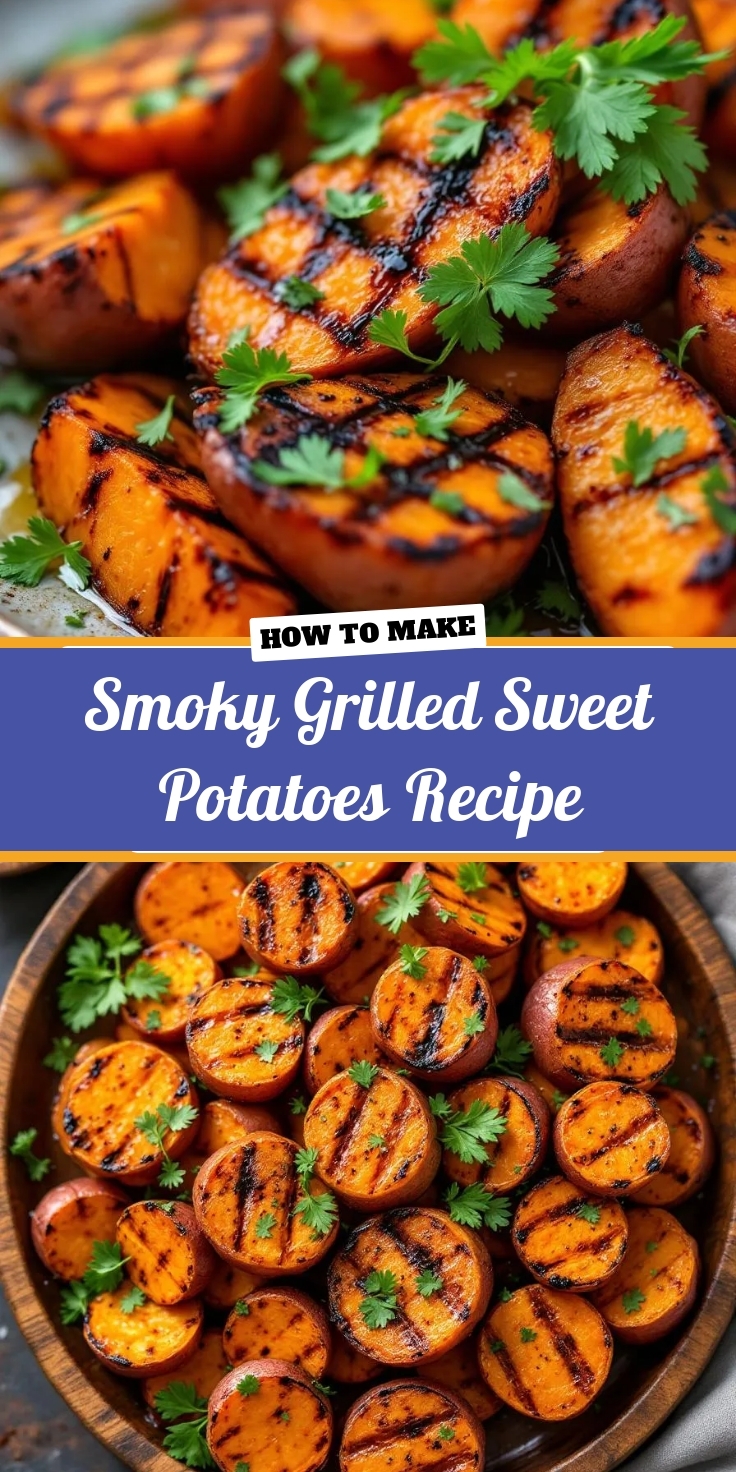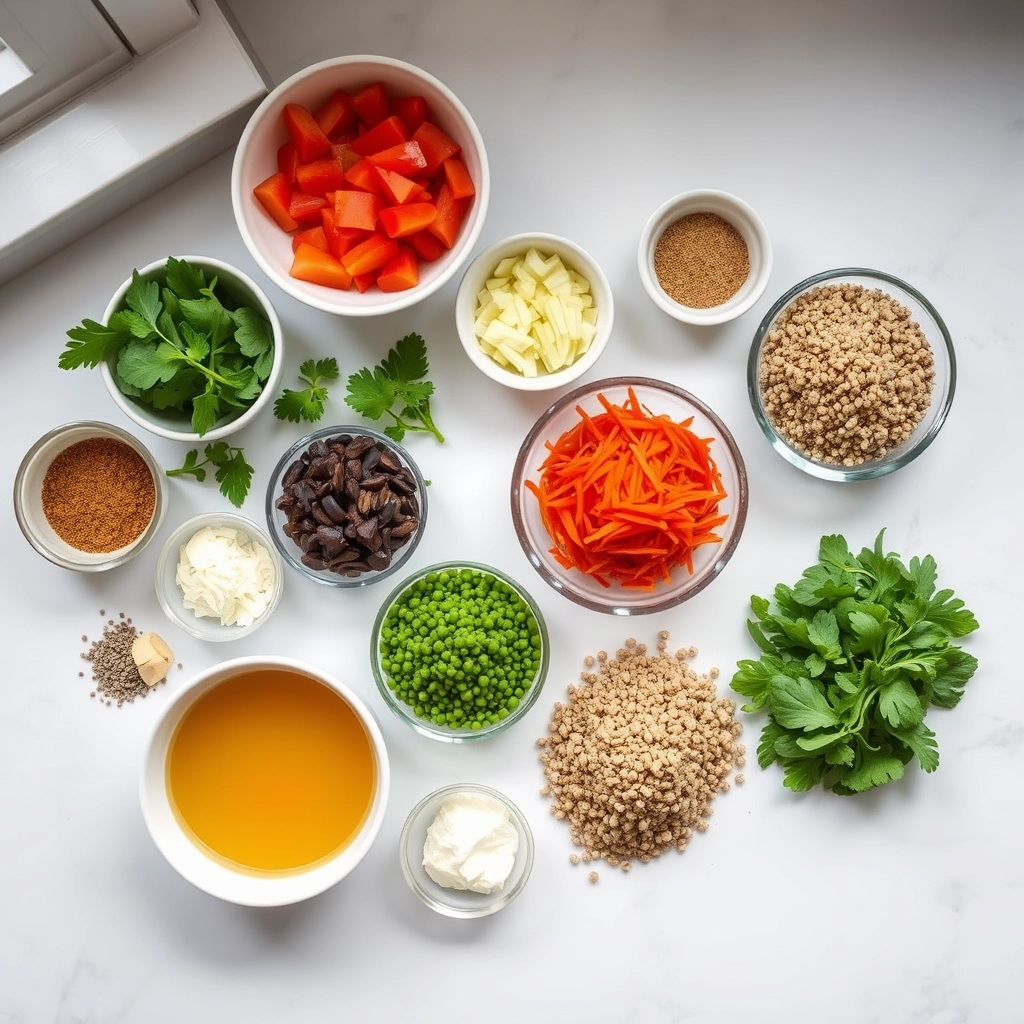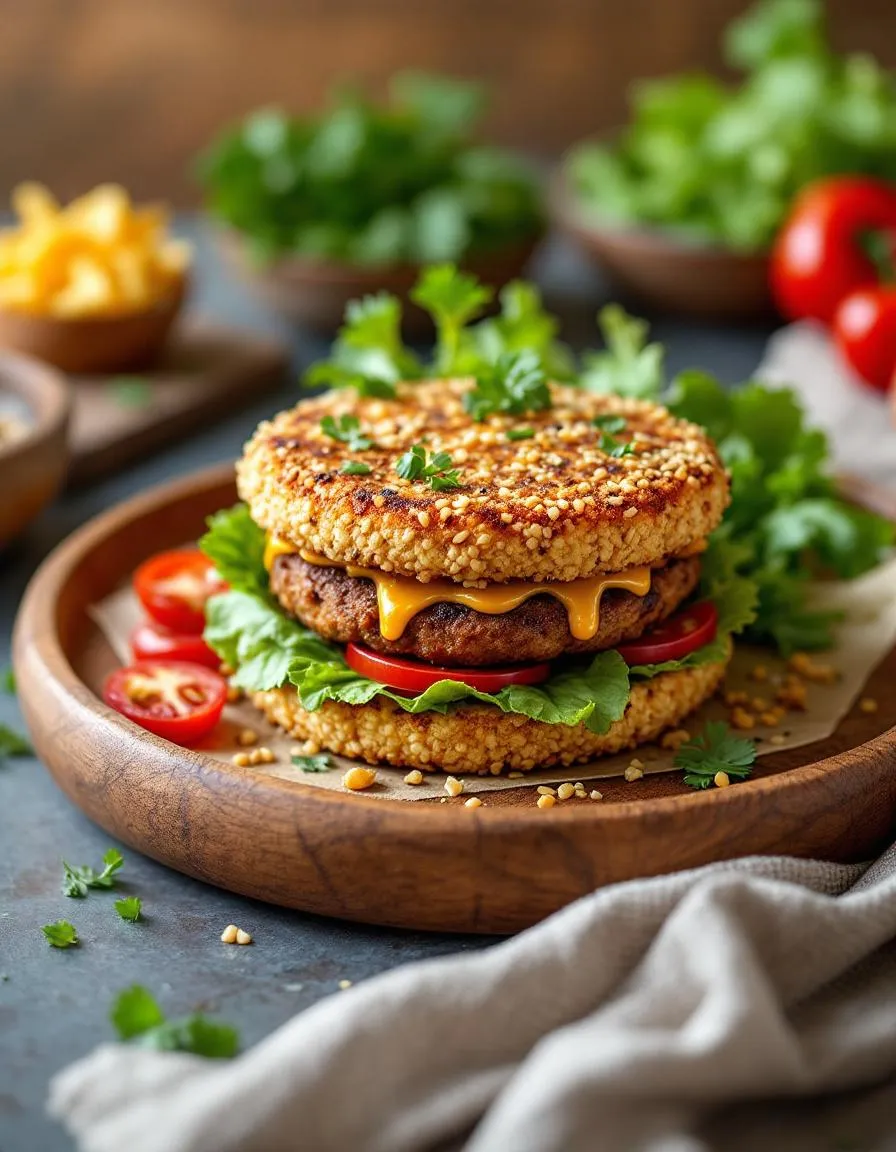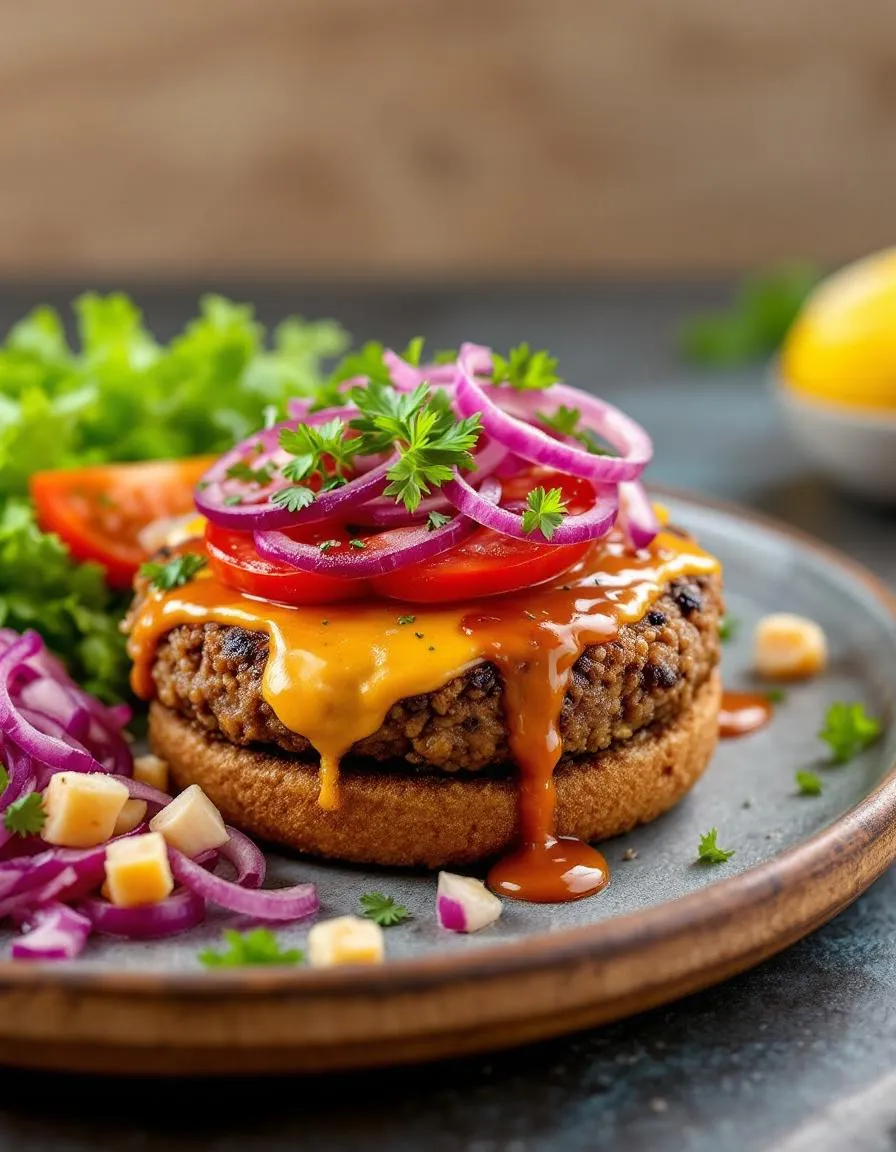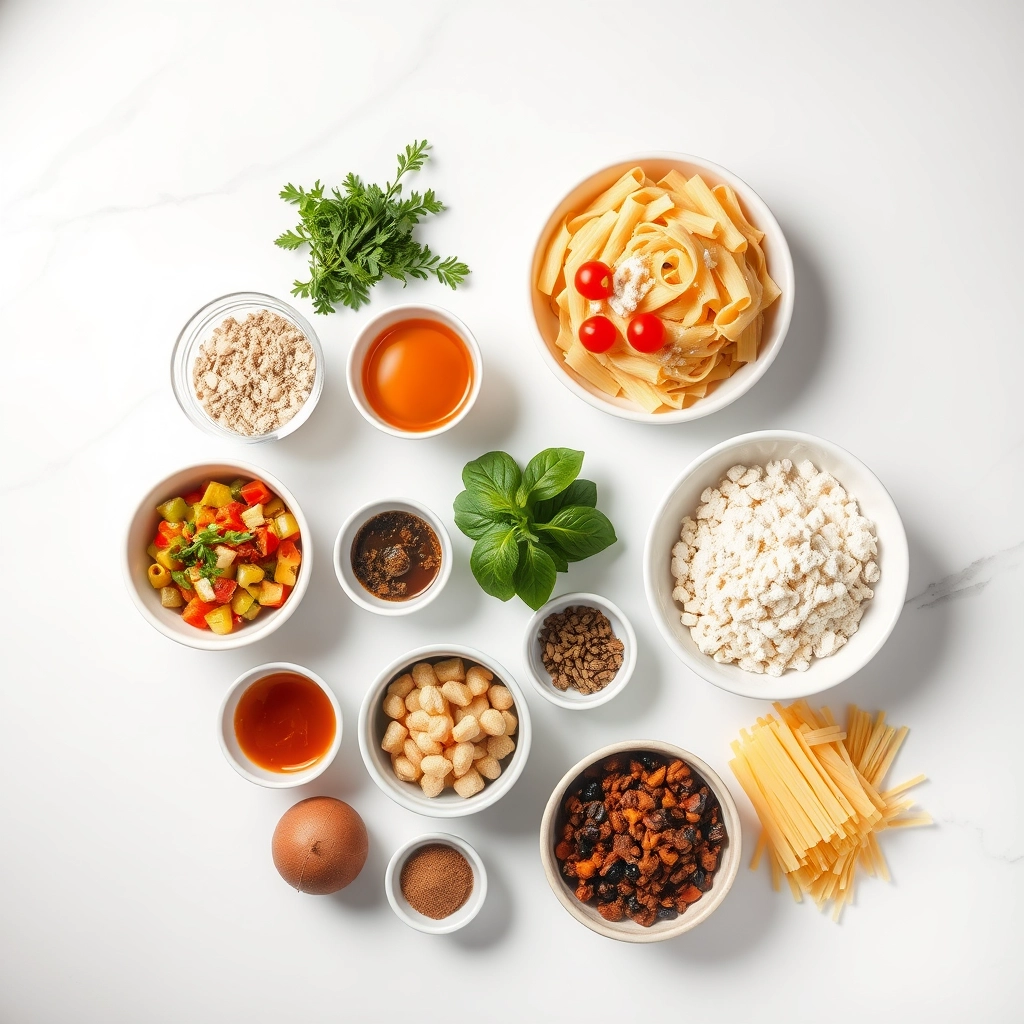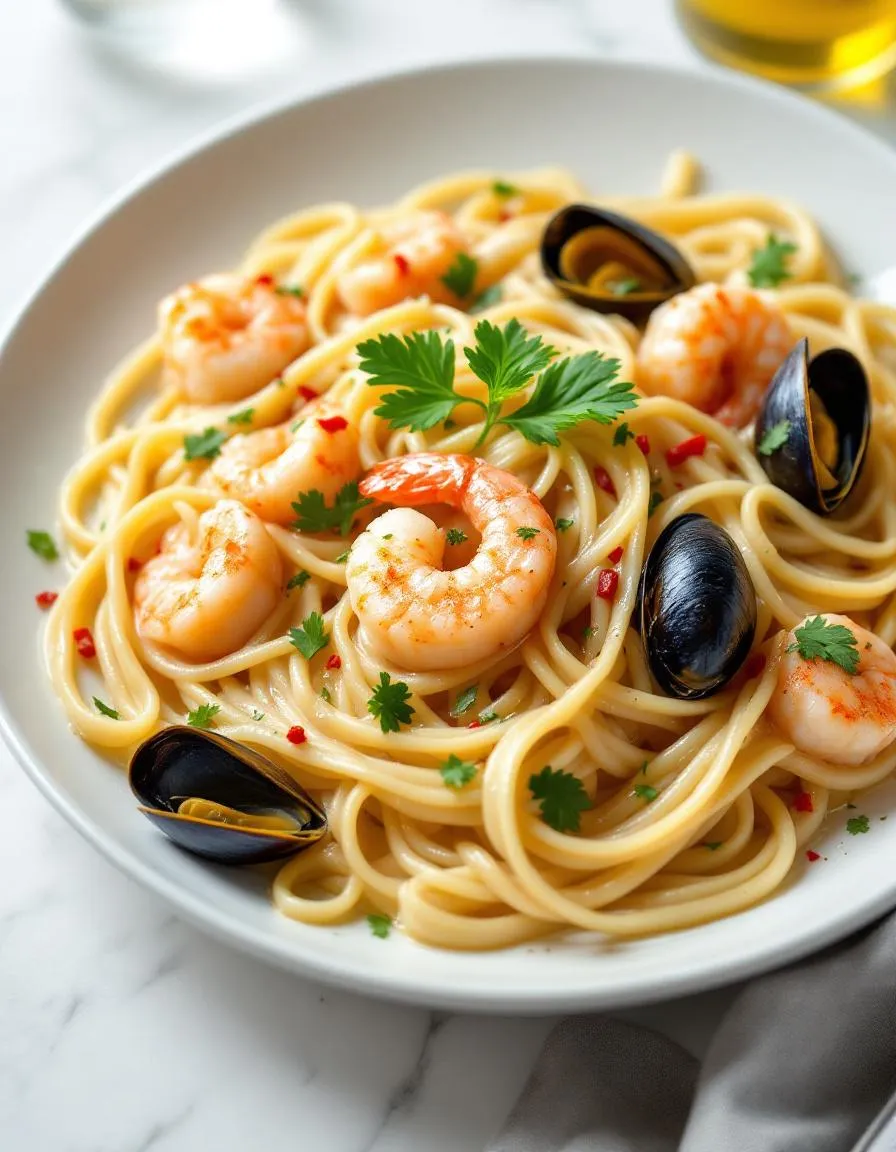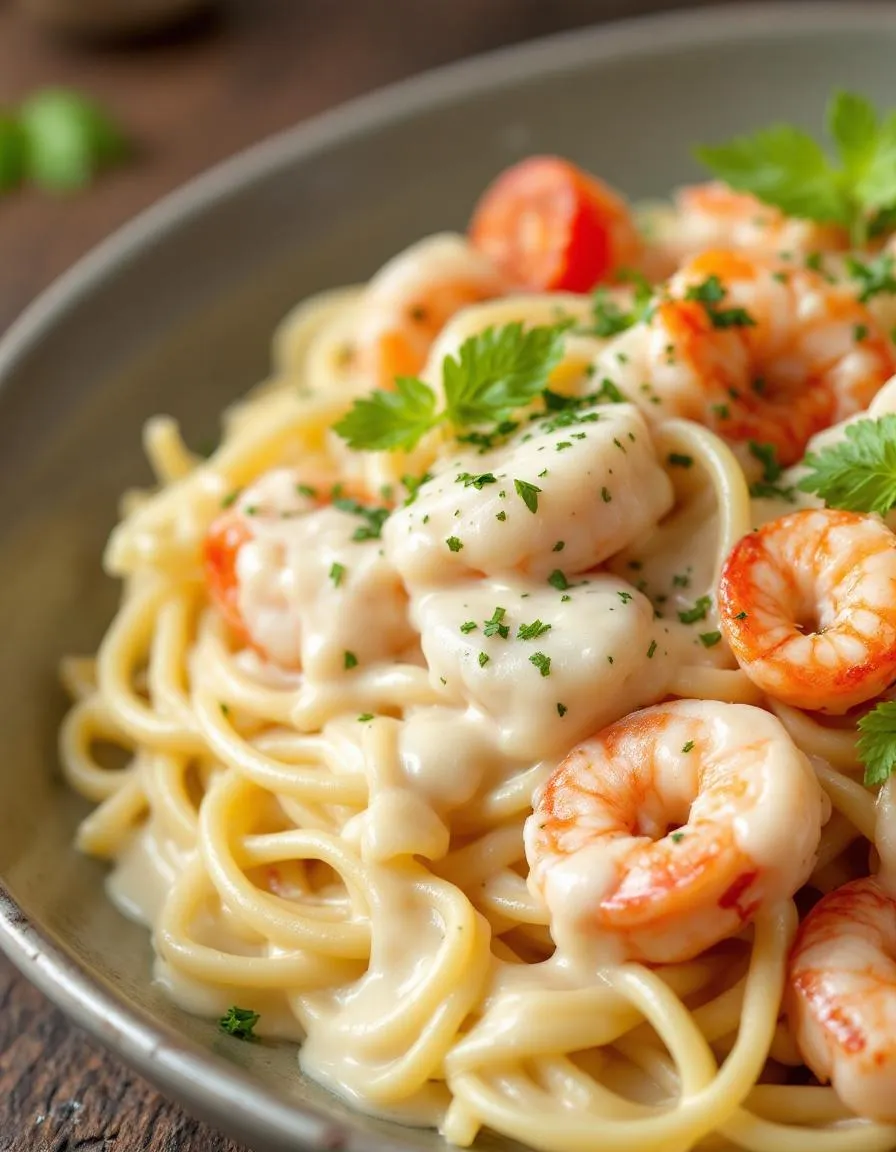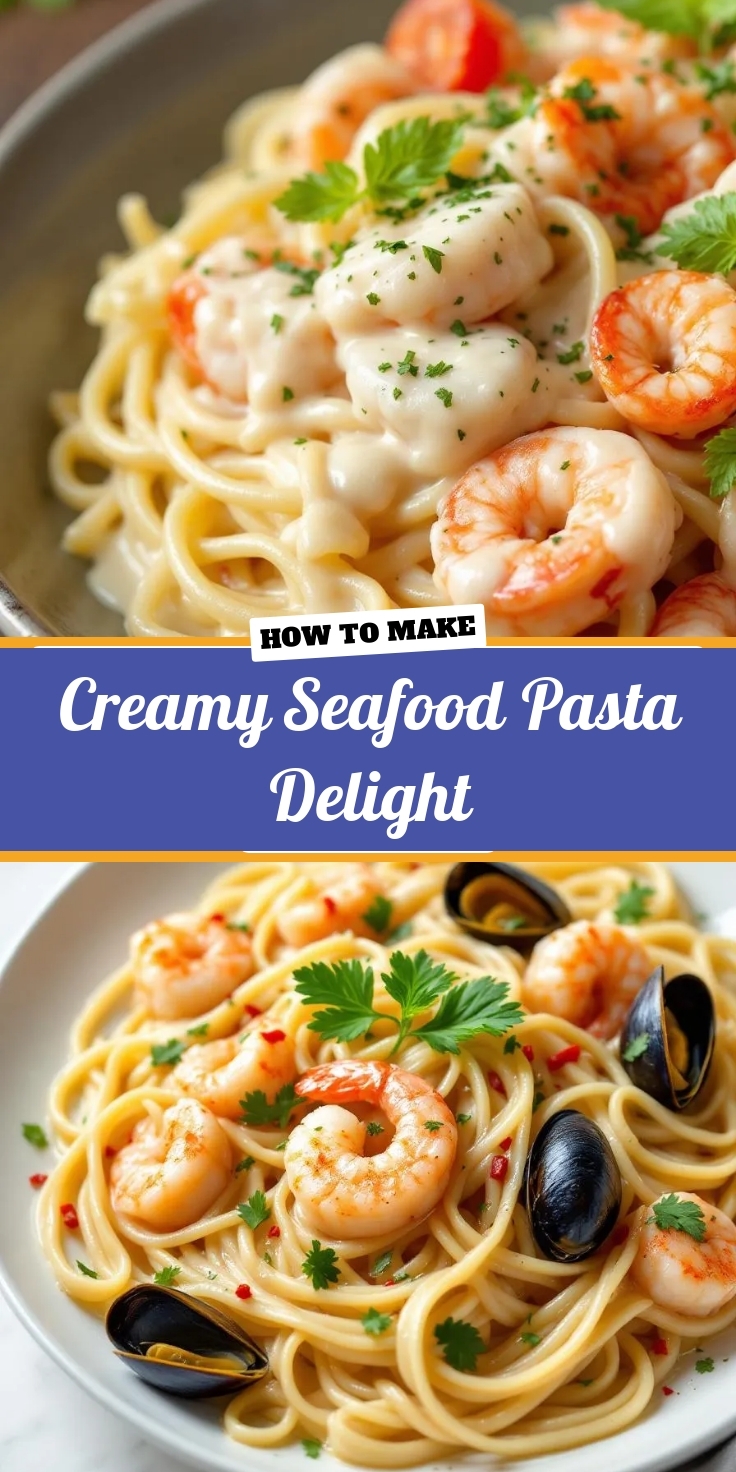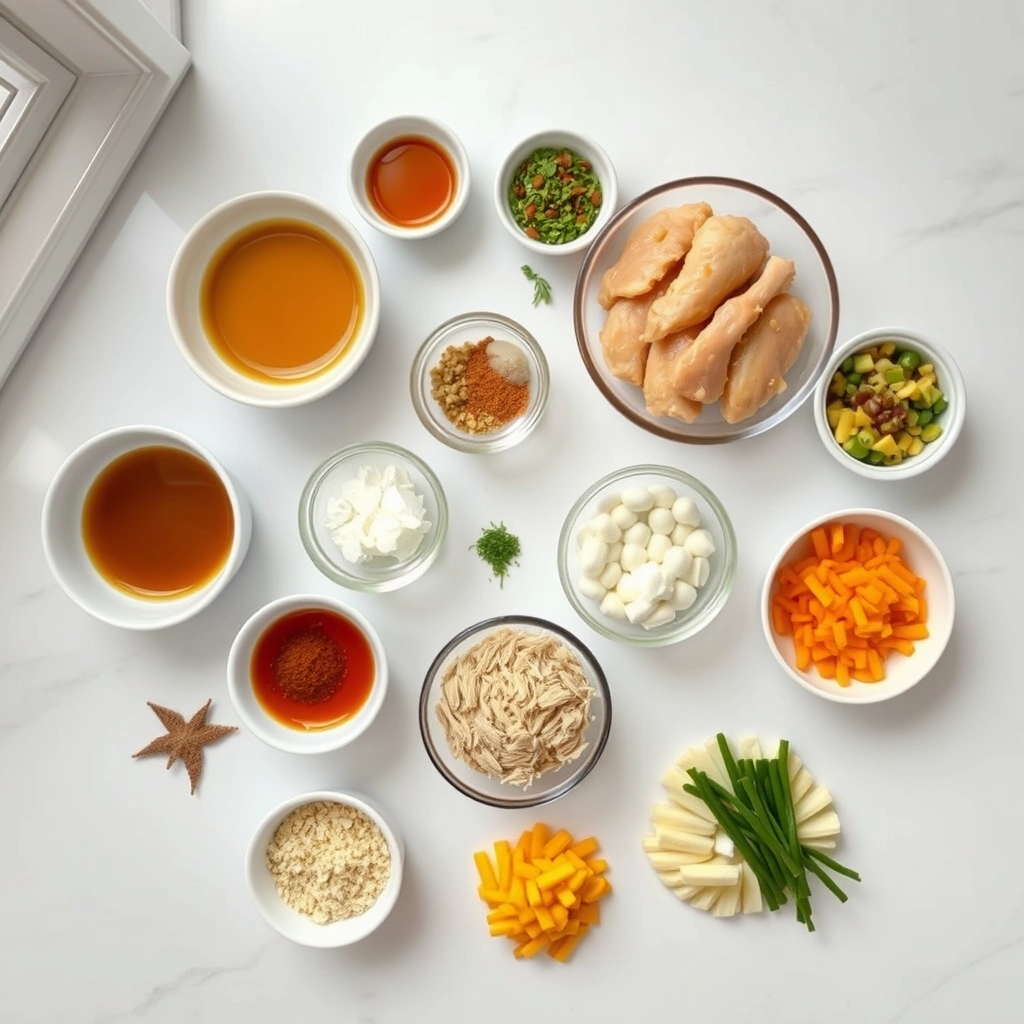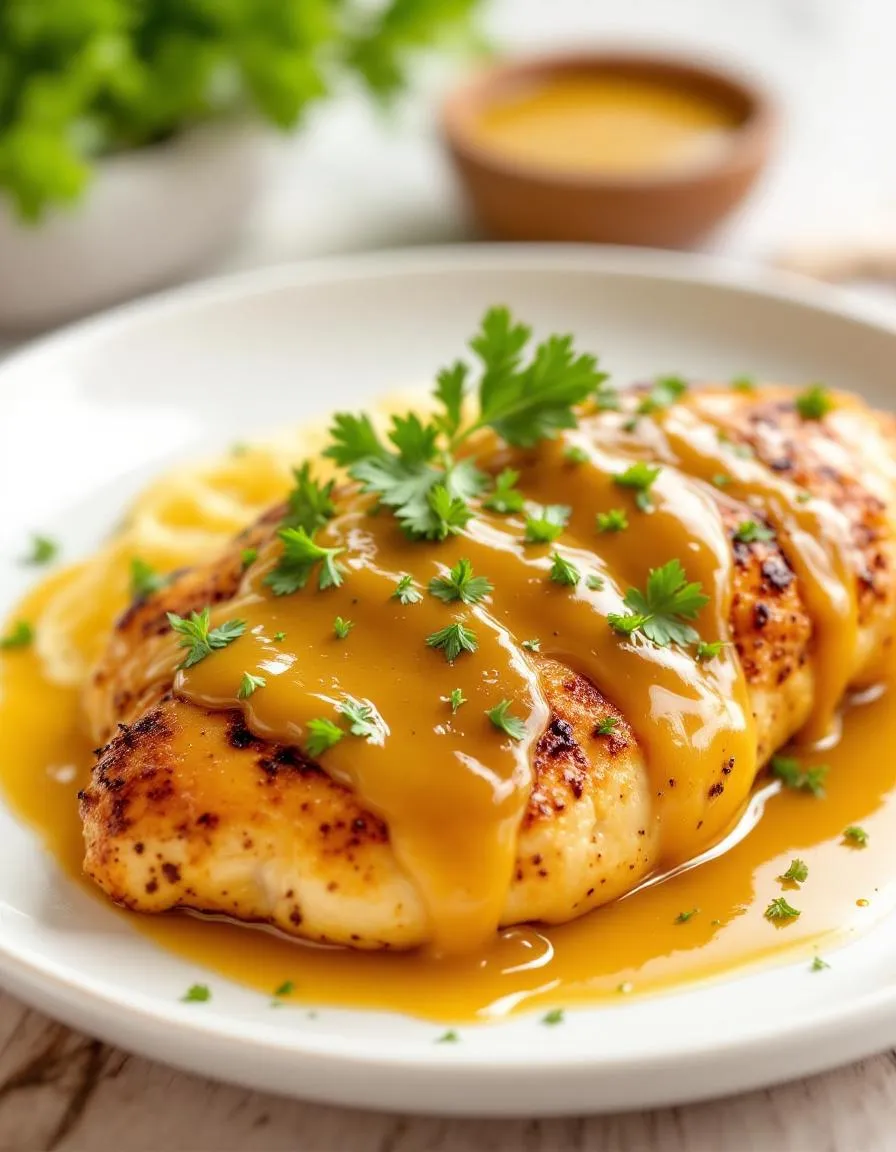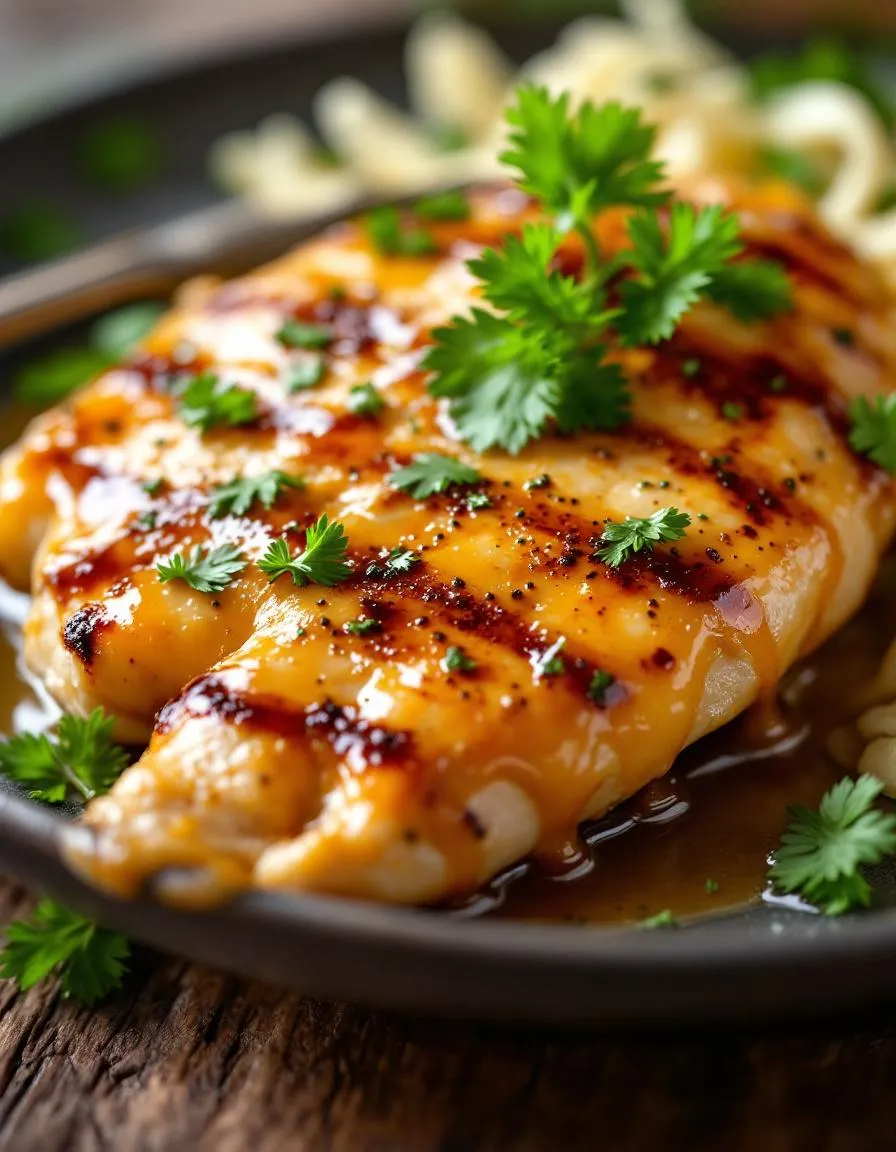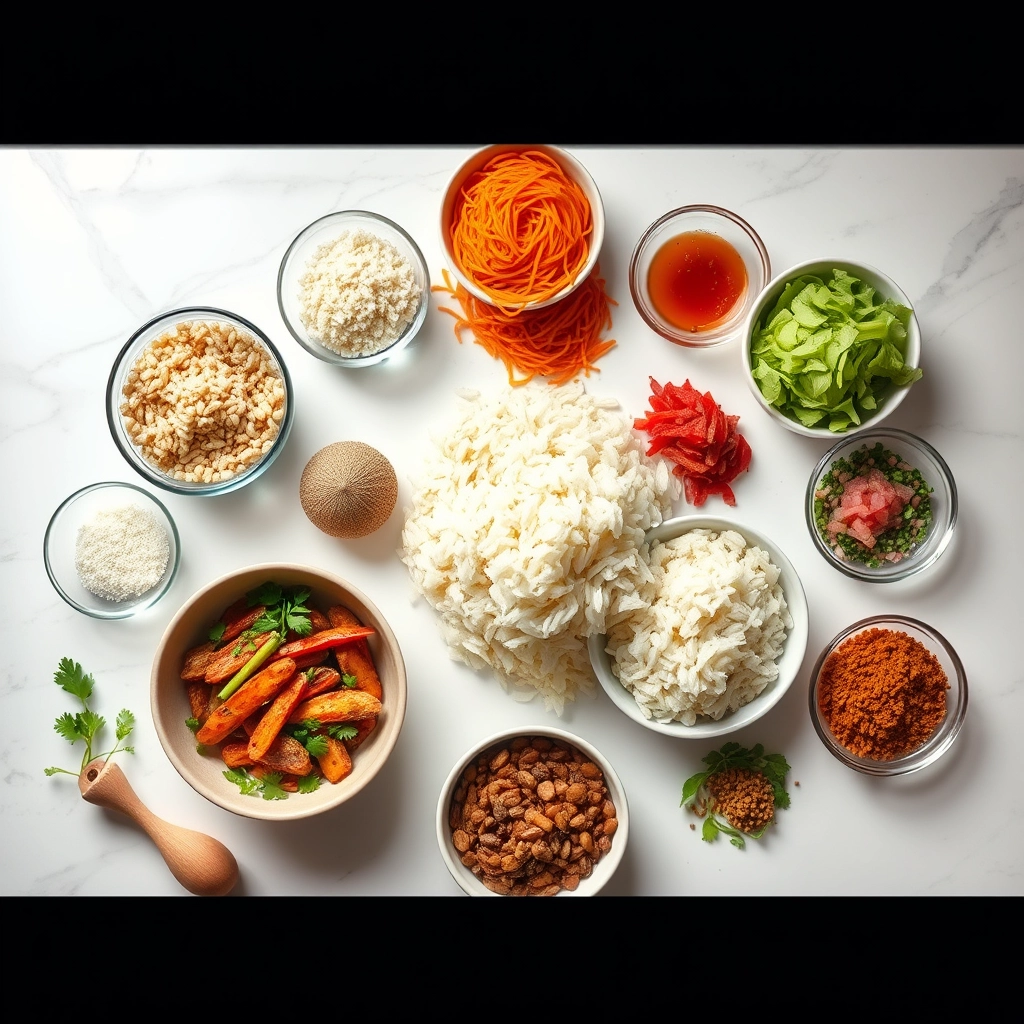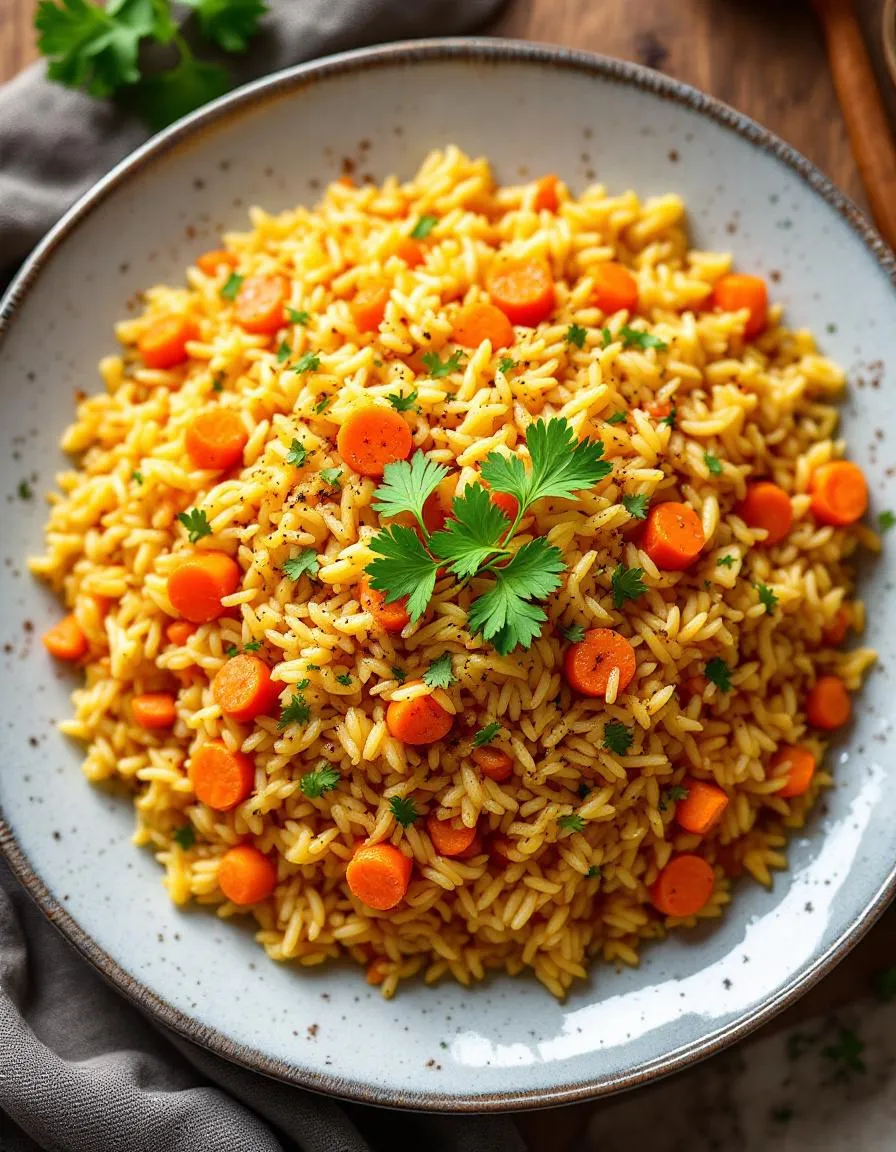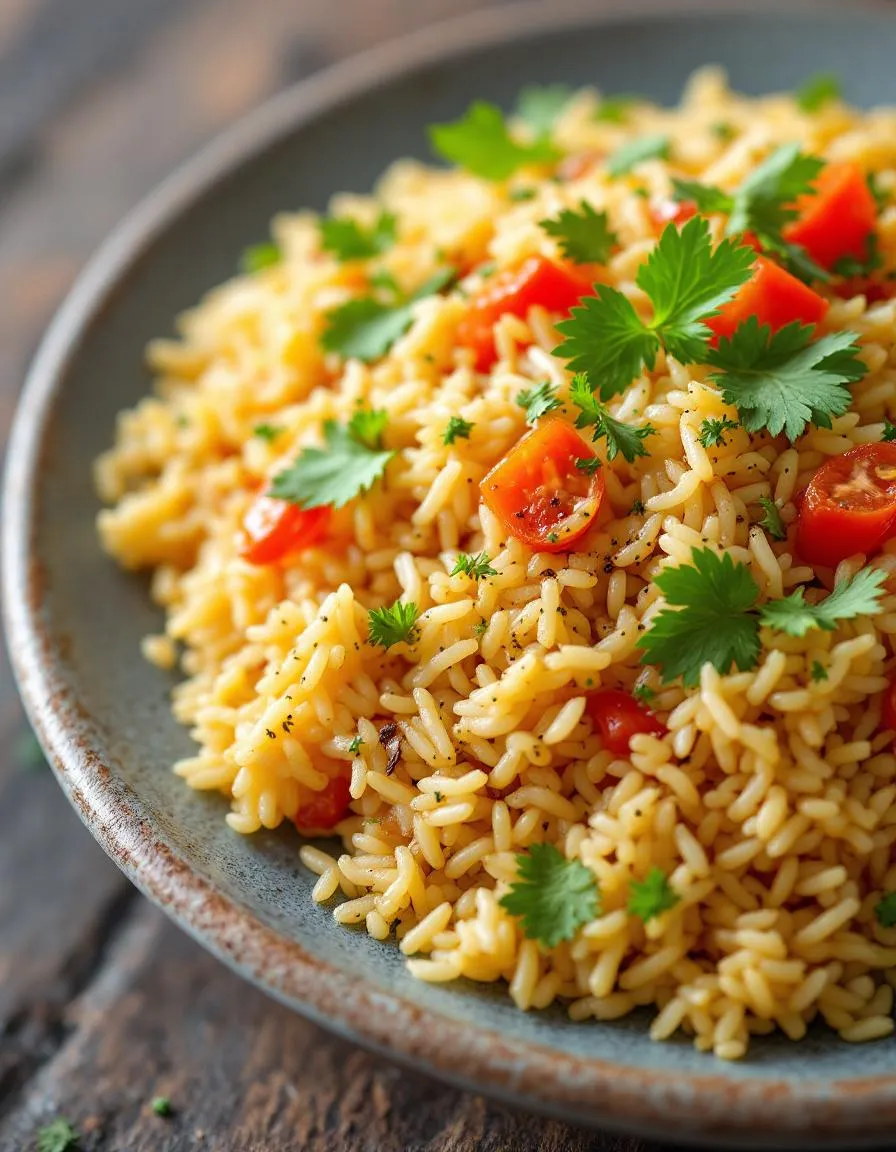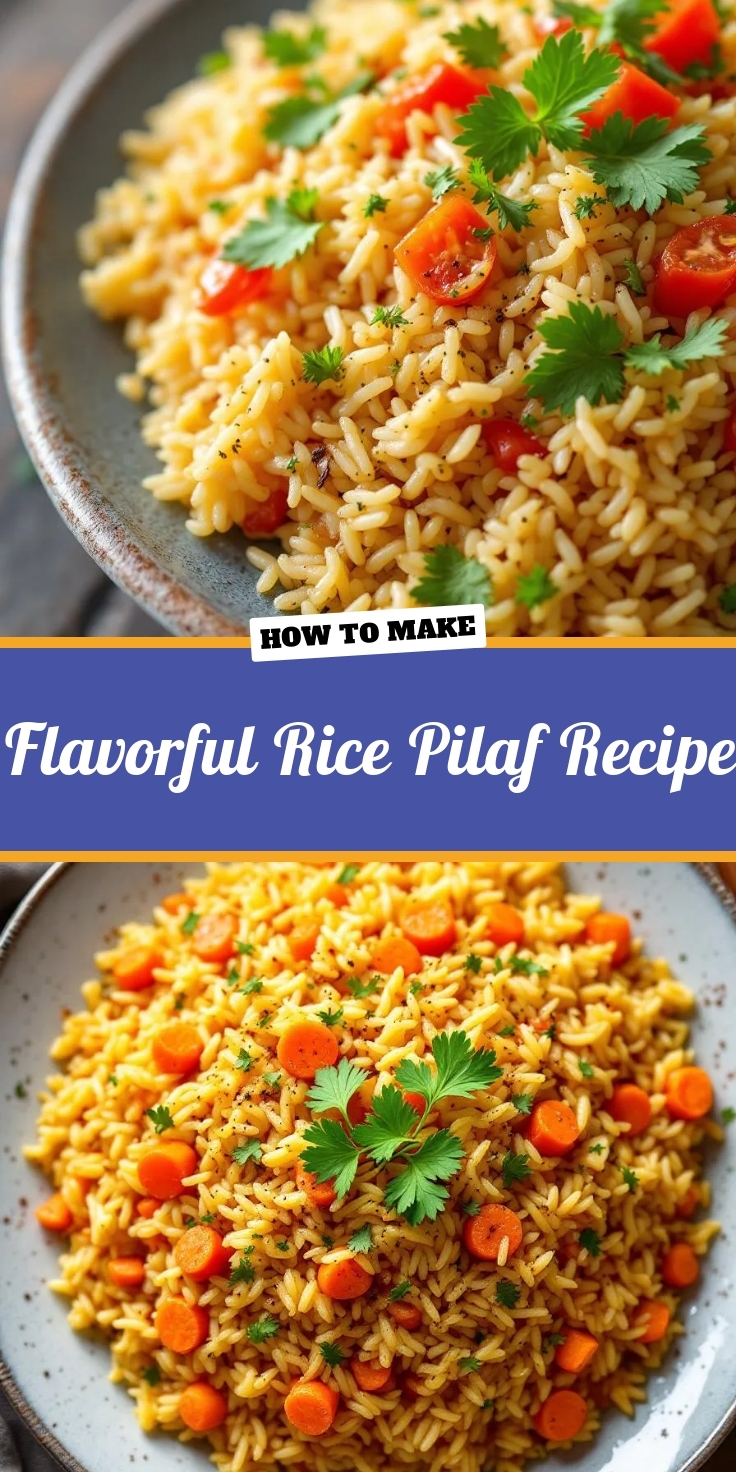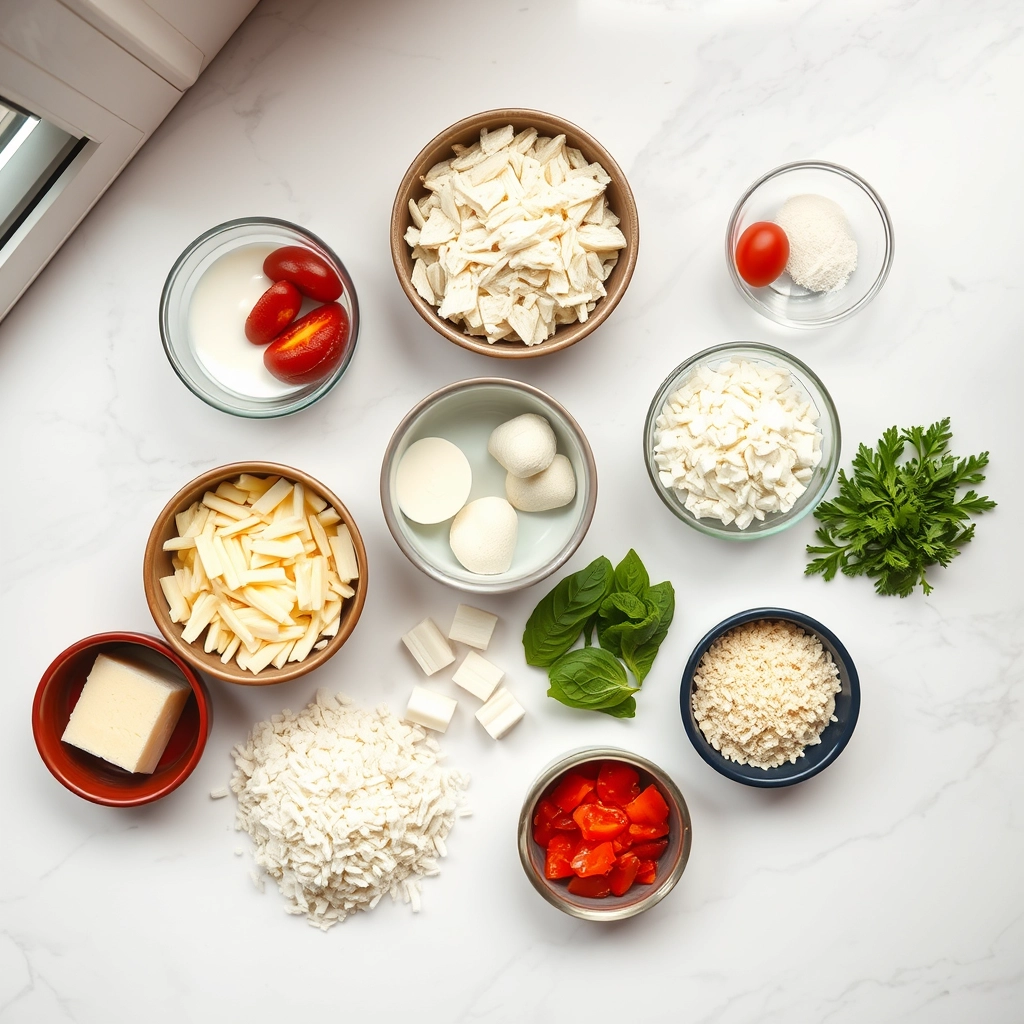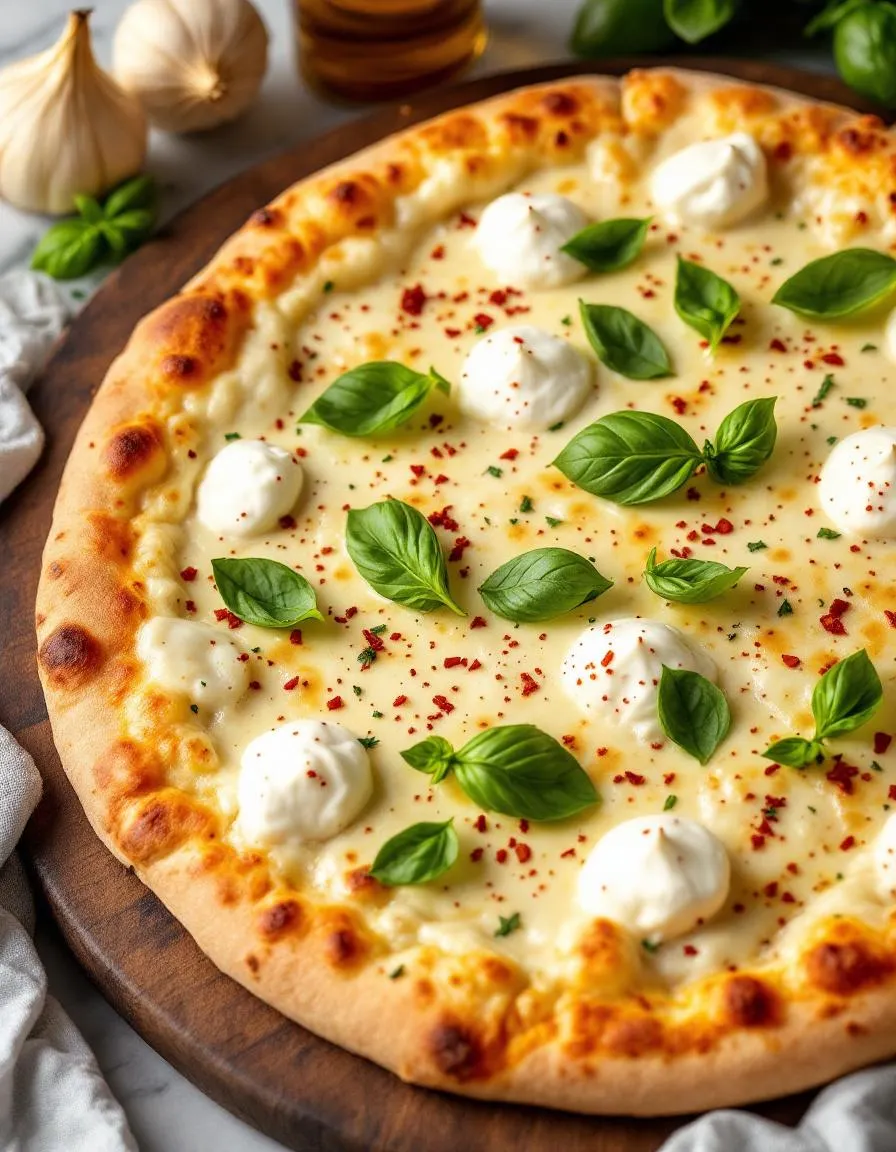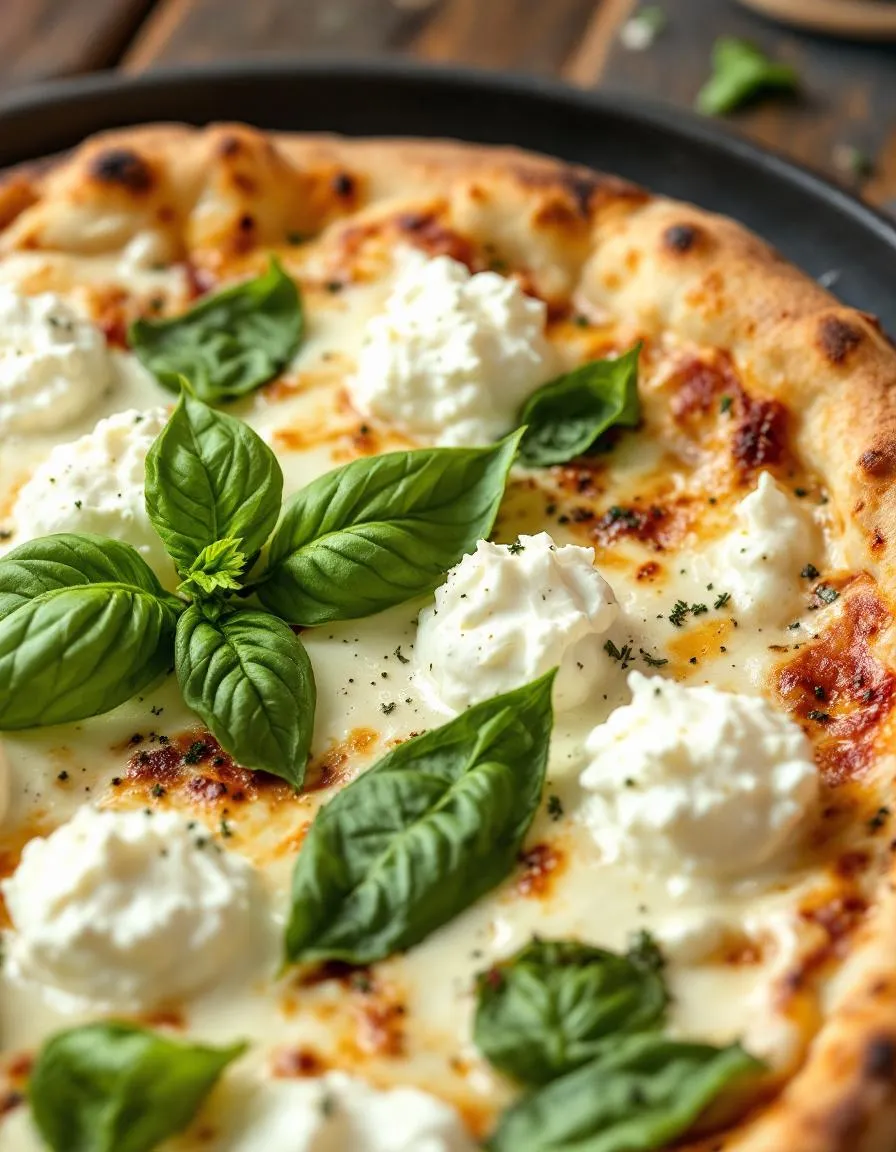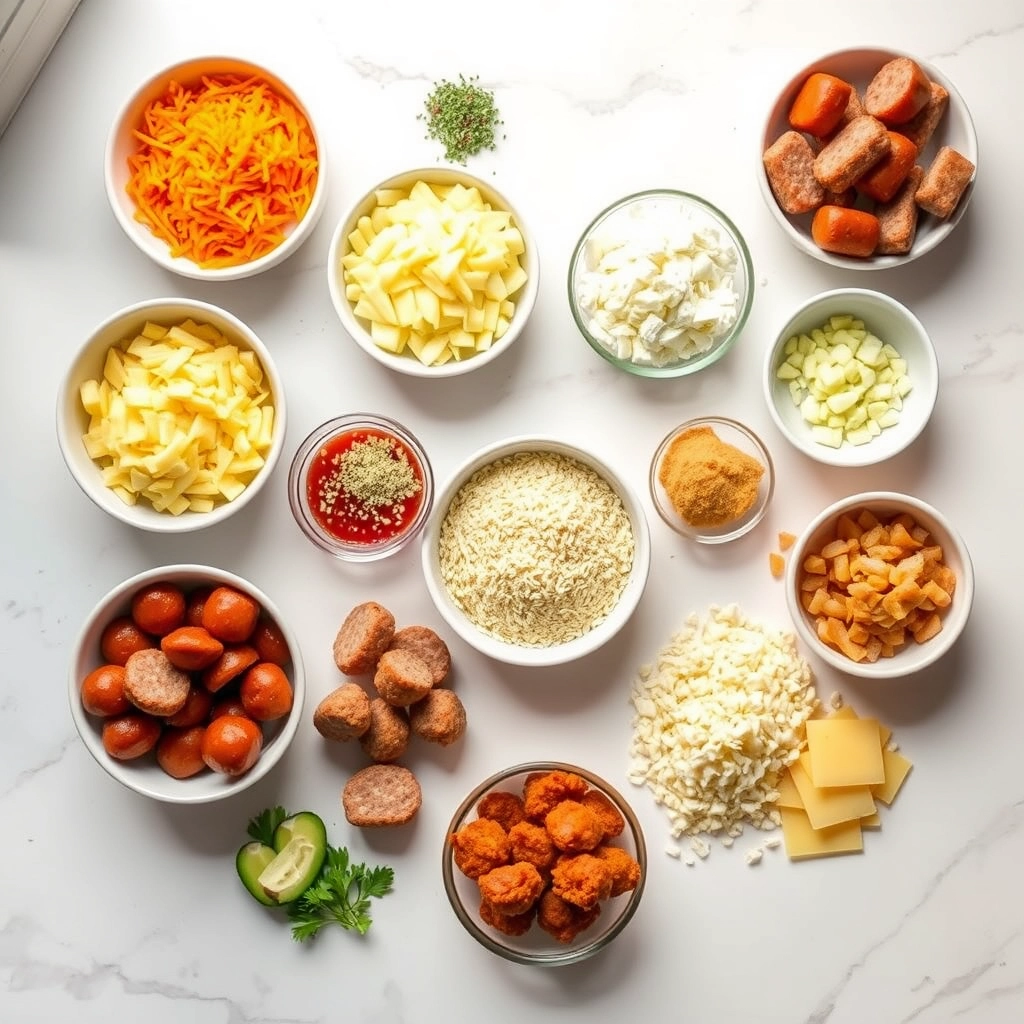Introduction
There’s something truly special about baking bread—the way it fills your home with an irresistible aroma, the satisfaction of kneading dough, and the joy of sharing a warm, golden loaf with loved ones. That’s why I’m so excited to share my Irresistible Homemade Focaccia Recipe with you. Whether you’re a seasoned baker or a beginner, this recipe promises to deliver fluffy, flavorful focaccia that’s perfect for any occasion. Plus, it’s surprisingly simple to make, so you can enjoy the process as much as the result.
Focaccia, with its crisp crust and pillowy interior, is one of those breads that feels both rustic and elegant. My Irresistible Homemade Focaccia Recipe strikes the perfect balance between simplicity and depth of flavor, thanks to a few key techniques and quality ingredients. Unlike store-bought versions, this recipe lets you customize toppings to suit your taste, whether you prefer classic rosemary and sea salt or something more adventurous like caramelized onions or sun-dried tomatoes. Moreover, focaccia pairs beautifully with soups, salads, or even stands alone as a snack. If you’re looking for more bread inspiration, check out my Artisan Sourdough Guide or explore Quick & Easy Dinner Rolls for another family favorite.
Why I Love This Recipe
This Irresistible Homemade Focaccia Recipe holds a special place in my heart because it reminds me of lazy Sunday afternoons spent baking with my grandmother. She taught me that great bread doesn’t need fancy tools—just patience and a little love. Every time I make this focaccia, the scent of olive oil and herbs takes me back to those cherished moments. Now, I love passing that same joy and tradition on to you, knowing that this recipe will create its own memories in your kitchen.
Health and Nutrition
Why it’s good for your body
Irresistible Homemade Focaccia Recipe packs more than just flavor. First, it delivers a satisfying dose of complex carbs, which fuel your energy levels throughout the day. Unlike processed breads, this focaccia relies on simple, wholesome ingredients like olive oil and fresh herbs. As a result, you get a delicious bread that supports steady digestion and lasting fullness.
Additionally, the olive oil in Irresistible Homemade Focaccia Recipe offers heart-healthy fats. These fats help reduce inflammation and promote better cholesterol levels. Meanwhile, rosemary or thyme, if you choose to include them, bring antioxidants that fight free radicals. Together, these ingredients make each slice a nutritious choice.
Finally, Irresistible Homemade Focaccia Recipe gives you control over sodium and additives. Store-bought versions often hide excess salt or preservatives. By baking it yourself, you tailor the recipe to your dietary needs. Whether you prefer a lighter touch of salt or an extra drizzle of olive oil, you craft a healthier outcome without sacrificing taste.
How it fits in a healthy lifestyle
Irresistible Homemade Focaccia Recipe fits seamlessly into balanced eating habits. Pair it with a protein-rich soup or salad for a well-rounded meal. The carbs provide energy, while the olive oil keeps you satisfied longer. If you follow a Mediterranean diet, this focaccia aligns perfectly with its principles of whole grains and healthy fats.
For gluten-free eaters, try swapping regular flour with a gluten-free blend. You still enjoy the same crispy texture and herb-infused flavor. If you need heart-smart options, focus on using high-quality olive oil and fresh toppings. For more ideas on healthy baking, explore our guide to healthy baking substitutes.
Even busy weeknights benefit from this recipe. Bake a batch ahead and enjoy it with quick weeknight meals for effortless balance. Whether you savor it as a side or a snack, Irresistible Homemade Focaccia Recipe keeps your diet both delicious and nourishing.
Irresistible Homemade Focaccia
Description
A simple yet delicious homemade focaccia bread with a crispy crust and soft, airy interior.
Ingredients
Scale
For the Crust:
- 4 cups all-purpose flour
- 1 1/2 cups warm water
- 2 tsp active dry yeast
- 2 tsp salt
- 1/4 cup olive oil
- 1 tsp dried rosemary
- 1 tsp coarse sea salt
Instructions
1. Prepare the Crust:
- In a large bowl, dissolve yeast in warm water and let sit for 5 minutes until frothy.
- Add flour, salt, and 2 tbsp olive oil. Mix until a dough forms.
- Knead the dough on a floured surface for 5-7 minutes until smooth and elastic.
- Place dough in a greased bowl, cover, and let rise for 1 hour or until doubled in size.
- Press dough into a greased baking sheet, dimple the surface with your fingers, and drizzle with remaining olive oil.
- Sprinkle rosemary and sea salt on top. Let rise for another 20 minutes.
- Bake at 425°F (220°C) for 20-25 minutes until golden brown.
Notes
You can customize the seasonings to taste.
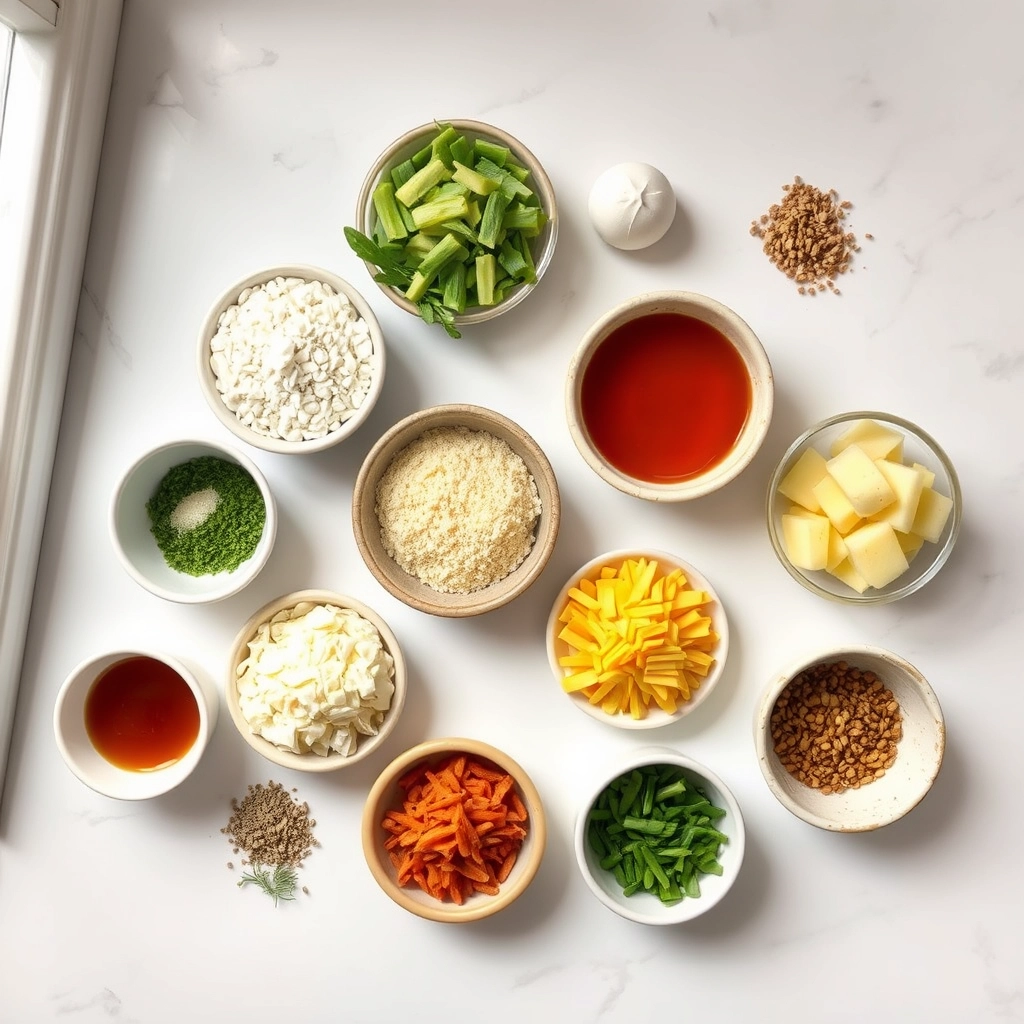
How to Prepare This Dish
Steps and time-saving tips
Start by whisking warm water, sugar, and yeast in a large bowl, then let it sit for 5 minutes until frothy. Meanwhile, measure your flour and salt, but don’t mix them yet. Once the yeast activates, drizzle in olive oil and stir gently. Gradually add the flour and salt, mixing with a wooden spoon until a shaggy dough forms. Turn it onto a floured surface and knead for 5 minutes—no need to overwork it. Place the dough in a greased bowl, cover it with a damp towel, and let it rise in a warm spot for an hour or until doubled. While waiting, prep your baking pan with a generous layer of olive oil to prevent sticking and add flavor. After the first rise, gently press the dough into the pan, dimpling it with your fingers. Drizzle more olive oil on top, then sprinkle with rosemary and flaky salt. Let it rest for 20 minutes while your oven preheats to 425°F. Bake for 20-25 minutes until golden and crisp. For extra efficiency, mix the dough the night before and let it rise slowly in the fridge—just bring it to room temperature before baking.
Mistakes I’ve made and learned from
I once rushed the yeast activation and ended up with dense focaccia—lesson learned: always wait for that frothy bloom. Another time, I skimped on olive oil, and the bread stuck to the pan like glue. Now, I’m generous with it, both in the dough and on the pan, for that perfect crisp crust. If your dough feels too sticky, resist adding too much flour; a slightly wetter dough yields a lighter texture. For more troubleshooting, check out my guide on common baking mistakes. And if you love this recipe, you’ll adore my garlic herb focaccia variation, which adds even more flavor with minimal extra effort.
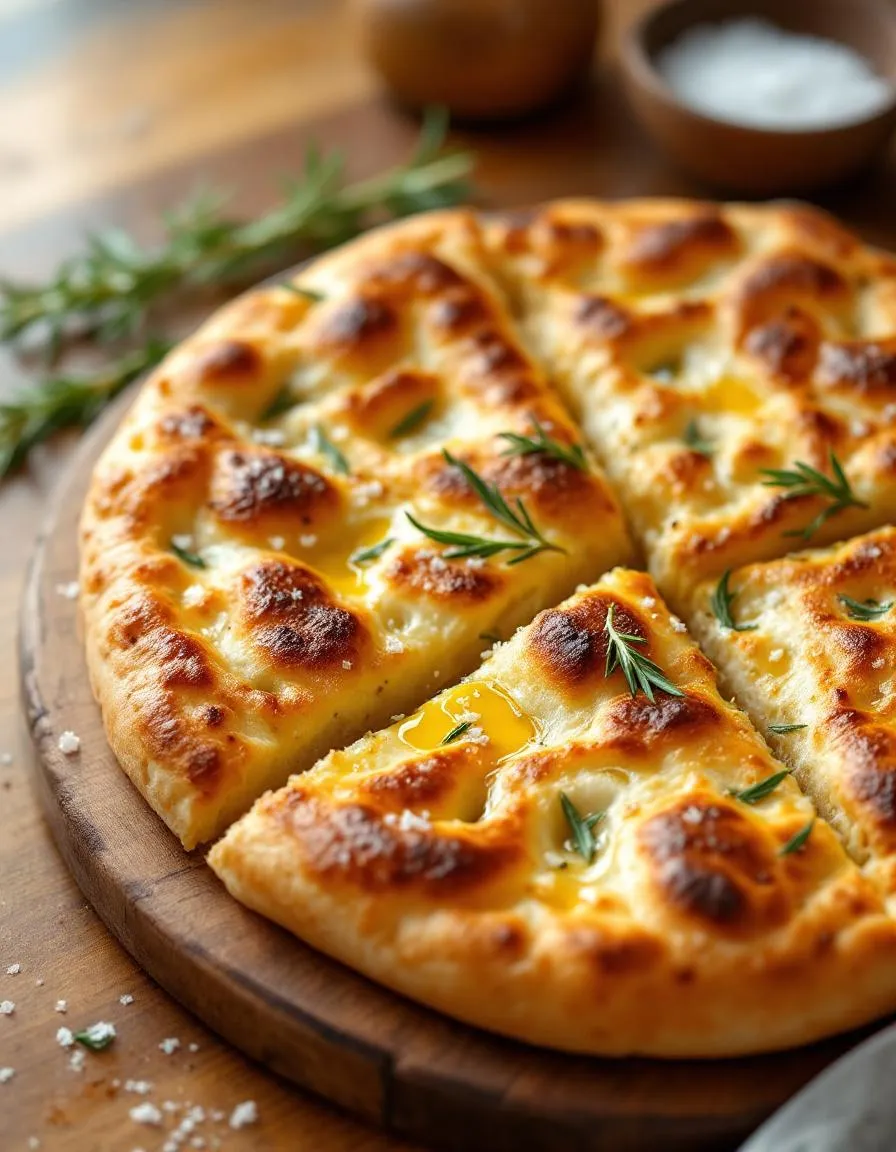
Cultural Connection and Variations
Where this recipe comes from
Few breads carry the rustic charm and versatility of Irresistible Homemade Focaccia Recipe. Born in the sun-drenched regions of Italy, this olive oil-rich flatbread traces its roots back to ancient Rome, where bakers first pressed dough into flat pans to maximize texture and flavor. Over time, Italian grandmothers perfected the art, topping it with rosemary, sea salt, or even sweet grapes for a regional twist. Today, you’ll find versions from Liguria’s paper-thin focaccia to the pillowy, dimpled loaves of Bari.
In my kitchen, Irresistible Homemade Focaccia Recipe became a weekend ritual after a trip to Genoa, where the aroma of freshly baked bread wafted through every alley. I learned that families often adapt it seasonally—sprinkling cherry tomatoes in summer or caramelized onions in fall. Meanwhile, bakers in Argentina might add chimichurri, while Middle Eastern variations weave in za’atar. No matter the twist, the heart of this dish remains: a golden, crisp crust with a tender, airy crumb.
How it fits in today’s cooking
Modern cooks love Irresistible Homemade Focaccia Recipe because it bridges tradition and convenience. Whether you’re pairing it with hearty minestrone soup for a cozy dinner or serving it as a showstopping appetizer at gatherings, its adaptability shines. Many bakers now experiment with gluten-free flours or vegan toppings, proving this ancient bread still feels fresh.
It’s also a star in meal prep. Bake a batch on Sunday, and you’ve got the perfect base for avocado toast variations or next-day sandwiches. From holiday feasts to quick weeknight sides, focaccia fits effortlessly into today’s kitchens—just as it has for centuries.
Taste and Texture
What makes it delicious
The Irresistible Homemade Focaccia Recipe delivers a symphony of flavors and textures that make every bite unforgettable. Imagine a golden, crisp crust giving way to a soft, airy interior with just the right chew. The olive oil infuses the bread with a rich, buttery depth, while a sprinkle of flaky sea salt enhances each savory note. Fresh rosemary adds a fragrant, earthy aroma that fills your kitchen as it bakes. Whether you tear off a warm piece or let it cool, the Irresistible Homemade Focaccia Recipe remains irresistibly tender yet satisfyingly sturdy—perfect for dipping or enjoying on its own.
Boosting the flavor
Elevate your Irresistible Homemade Focaccia Recipe with creative twists that amplify its taste. For a burst of sweetness, scatter caramelized onions or sun-dried tomatoes on top before baking. Alternatively, try a drizzle of honey balsamic glaze for a tangy contrast. If you love herbs, mix thyme or oregano into the dough for extra complexity. Pair your focaccia with a creamy garlic herb dip to balance its rustic charm. With these simple upgrades, you’ll transform an already delicious bread into a showstopping centerpiece.
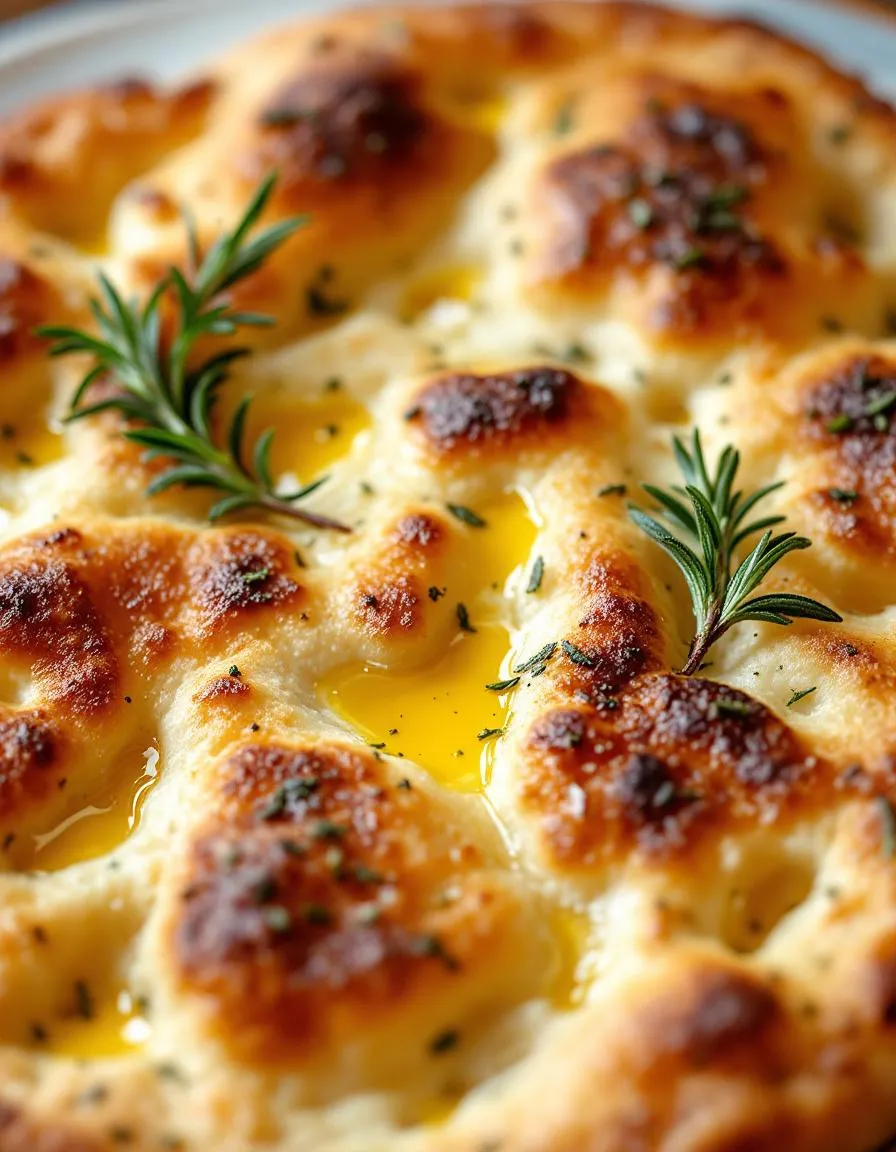
Tips for Success
Best practices for results
For the best Irresistible Homemade Focaccia Recipe, always weigh your flour instead of using cup measurements. This ensures perfect dough consistency every time. Additionally, let the dough rise in a warm spot to double in size, as this creates the ideal airy texture. Meanwhile, generously oil your hands when shaping the dough to prevent sticking. Finally, press dimples deeply into the surface before baking to help the olive oil pool evenly.
Mistakes to avoid
Avoid overmixing the dough, which can make your Irresistible Homemade Focaccia Recipe dense instead of light. Instead, mix just until combined for tender results. Also, don’t skip the second rise, as it develops flavor and structure. If your crust browns too quickly, tent it with foil like our Perfect Crust Guide suggests. For more troubleshooting, check our Dough Consistency Tips to master the ideal texture.
Serving and Pairing Suggestions
How to serve this dish
Serve your Irresistible Homemade Focaccia Recipe warm for the best texture and aroma. Tear it into rustic chunks and arrange them on a wooden board for a casual family-style presentation. For special occasions, drizzle extra olive oil on top and sprinkle flaky sea salt or fresh rosemary to elevate its visual appeal. Meanwhile, this focaccia shines at brunch gatherings, holiday meals, or even as a hearty appetizer with a charcuterie spread. If you want to impress guests, pair it with a small bowl of high-quality balsamic vinegar for dipping.
What goes well with it
First, pair your Irresistible Homemade Focaccia Recipe with a tangy tomato basil soup for a comforting meal. The bread’s soft interior soaks up the rich flavors perfectly. Alternatively, try it alongside a fresh Summer Avocado Salad for a light yet satisfying lunch. Finally, a glass of crisp white wine or sparkling lemonade balances the focaccia’s savory notes. For dessert, consider serving it with a sweet spread like this Honey Fig Jam to end the meal on a delightful note.
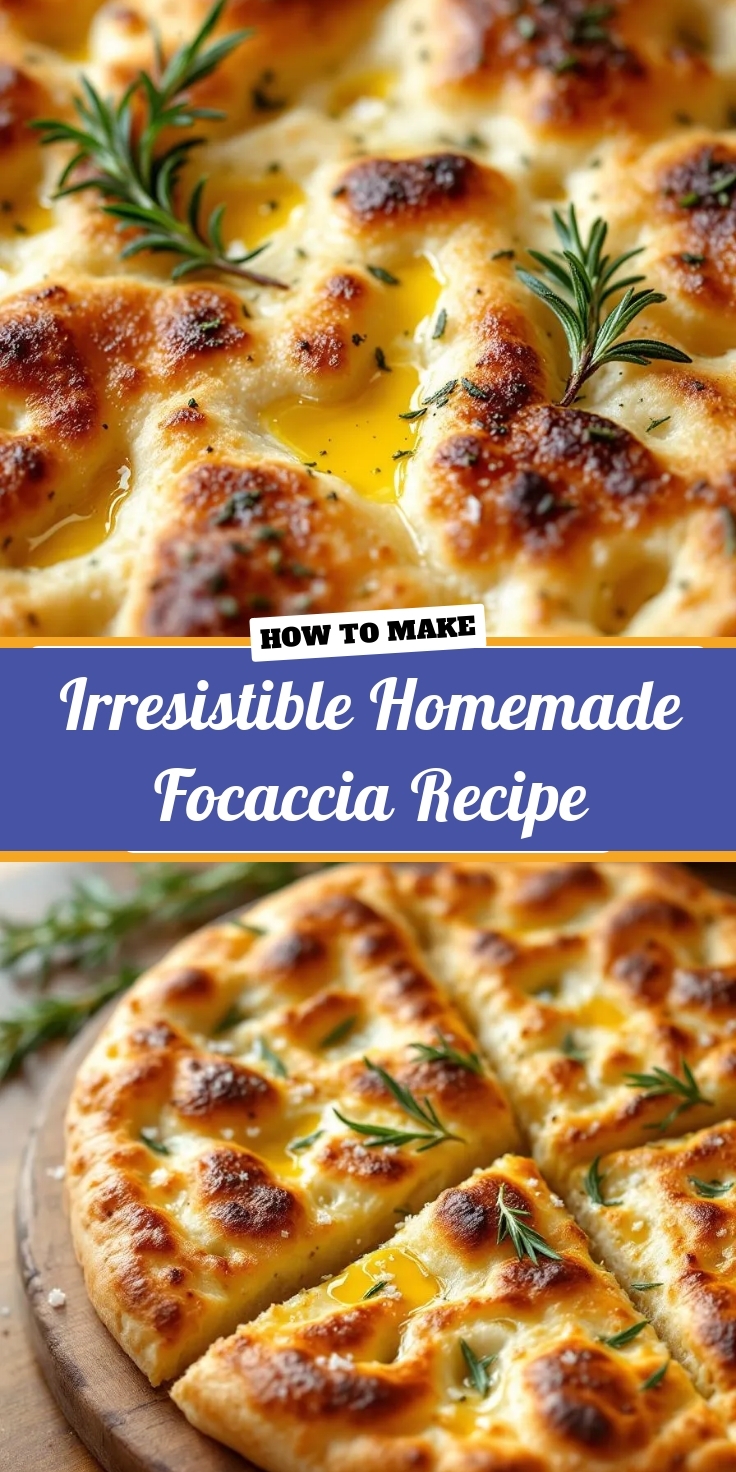
The key to fluffy Irresistible Homemade Focaccia is a long, slow rise and high hydration dough. Let the dough rest for at least 12 hours in the fridge for optimal texture. Also, dimpling the dough with your fingers before baking helps create those signature air pockets.
Absolutely! Irresistible Homemade Focaccia dough comes together easily with just a bowl and wooden spoon. The high hydration dough is actually easier to mix by hand since it’s too sticky for some stand mixers. Just be patient during the folding process to develop gluten.
Classic rosemary and sea salt are perfect for Irresistible Homemade Focaccia, but you can also try cherry tomatoes, olives, or caramelized onions. For extra flavor, brush the dough with garlic-infused olive oil before adding toppings. The possibilities are endless with this versatile bread.
Wrap cooled Irresistible Homemade Focaccia in foil or store in an airtight container at room temperature for 2-3 days. For longer storage, freeze slices separated by parchment paper. Reheat in a 350°F oven for 5 minutes to restore that fresh-baked texture.


